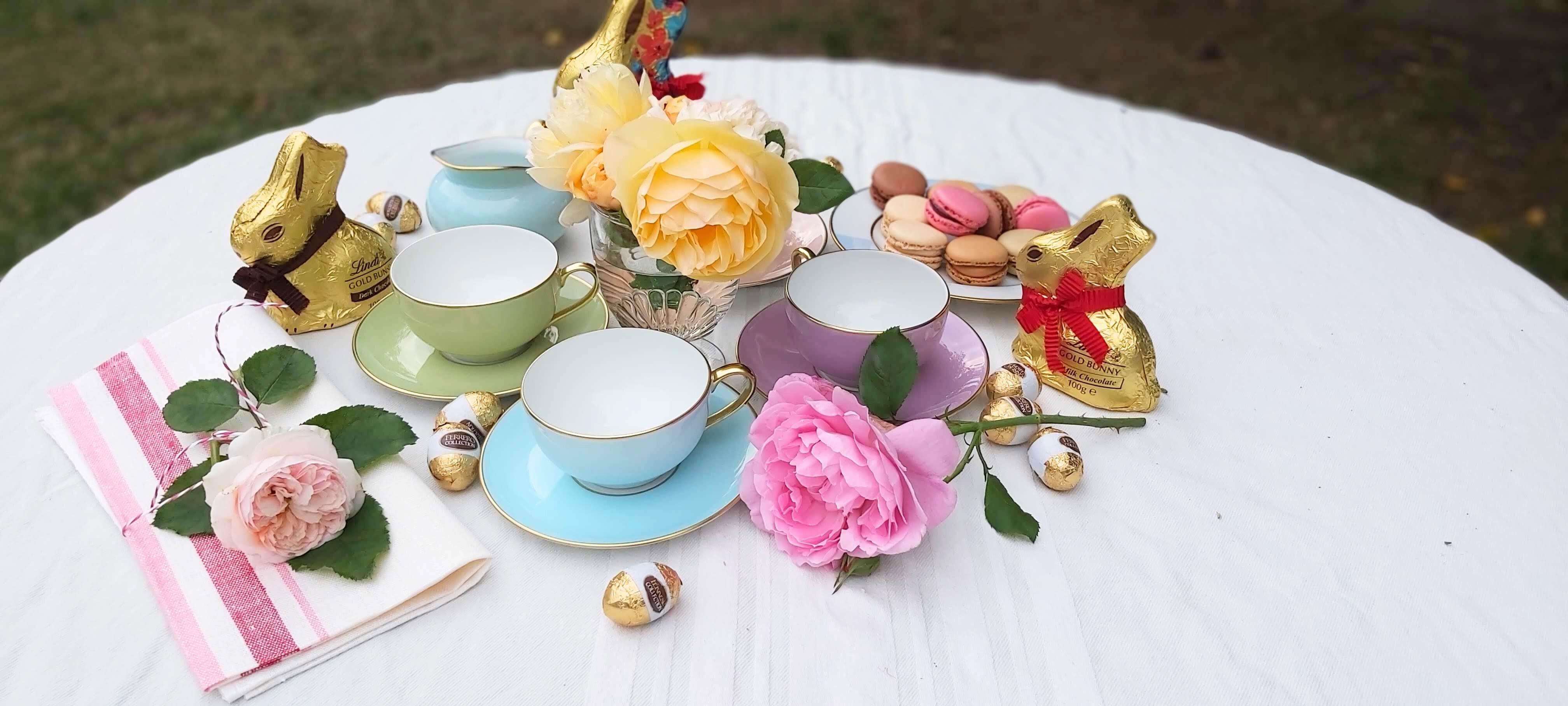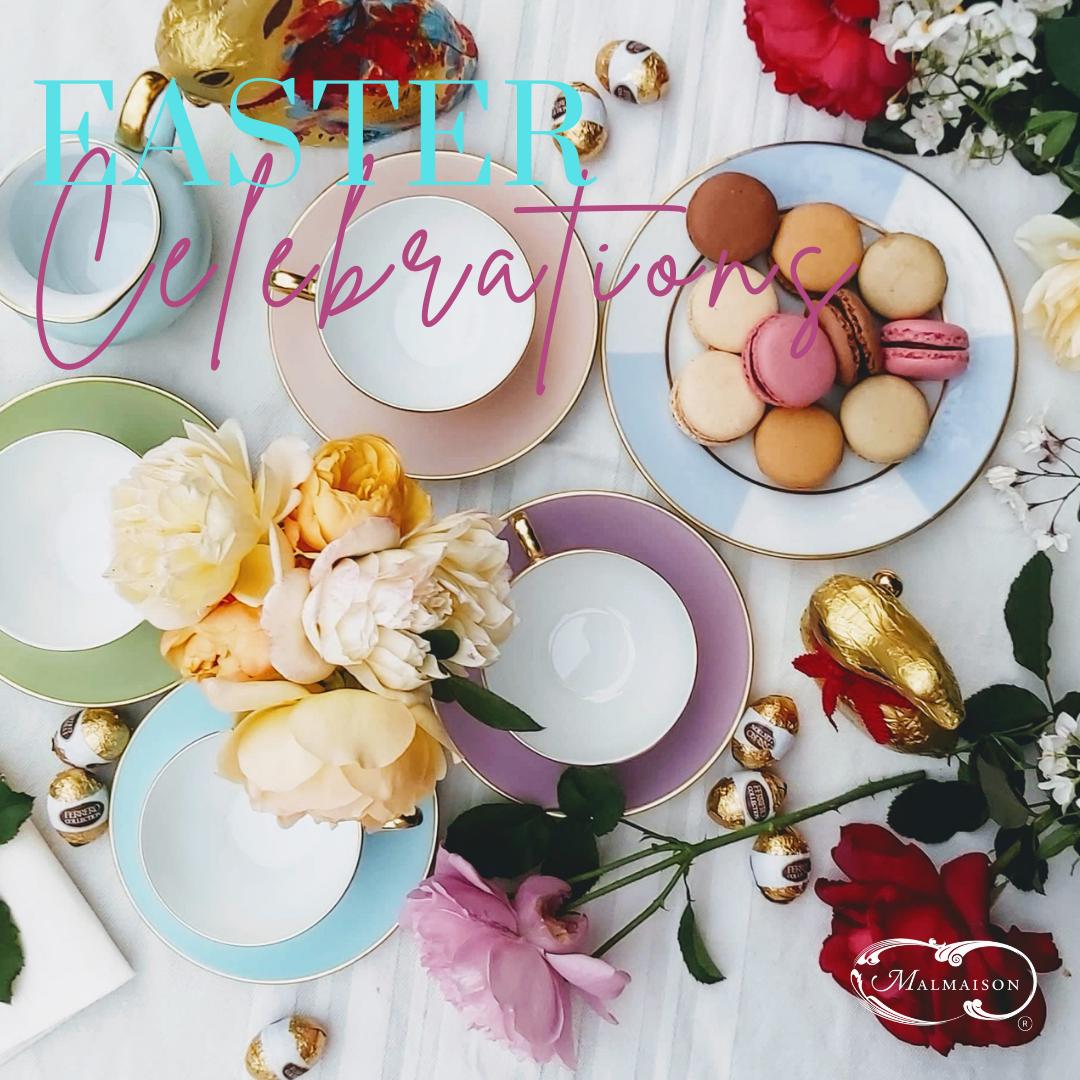




Bienvenue to our Easter Magazine for 2024!
In this edition, we celebrate the joyeuses Pâques - Happy Easter - with a French twist.
Easter is a time of celebration and spending quality time with loved ones, and the French have perfected the art of living and entertaining with style and grace.
In this issue, we invite you to experience the many colours of a French Easter, from vibrant colours and muted tones, to sweet traditional French recipe. We share a delightful recipe for 'Petits des Nids', a delicious treat that will surely delight your guests.
Join us as we uncover the enchanting story behind the French Easter Bells, an age-old tradition that adds a touch of magic to this joyful season.
As we gradually ease ourselves into the year 2024, we want to express our heartfelt gratitude for your unwavering support and the beautiful messages we have received. Your encouragement fuels our passion to bring you the best in French homewares in Australia.
Easter is a special time to treasure the moments spent with family and friends So, from all of us, we wish you a joyful Easter filled with love, laughter, and the simple pleasures that make life truly beautiful. Joyeuses Pâques!
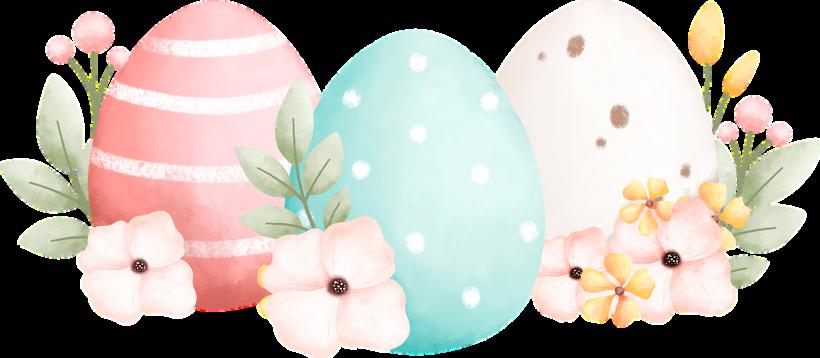
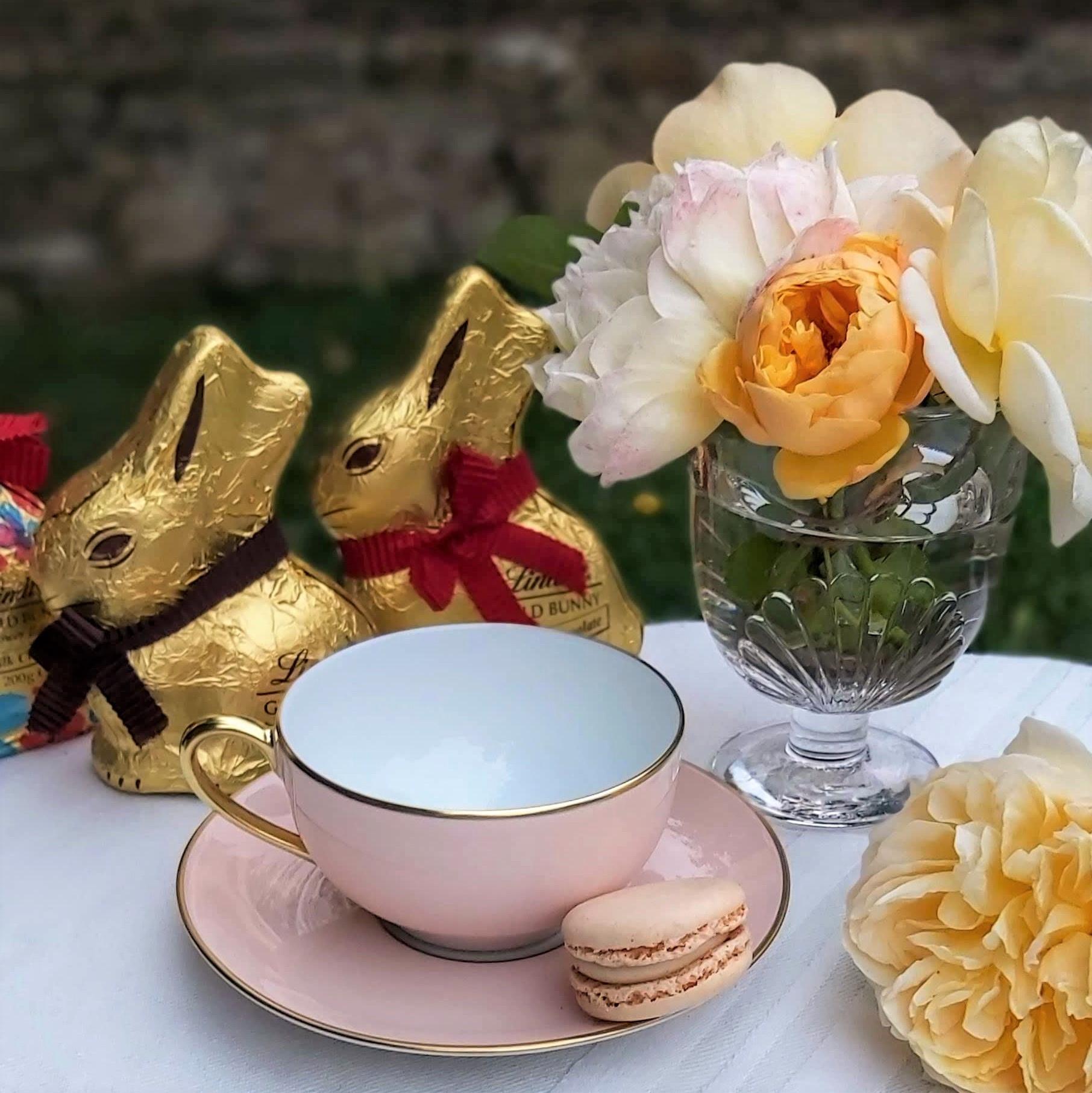
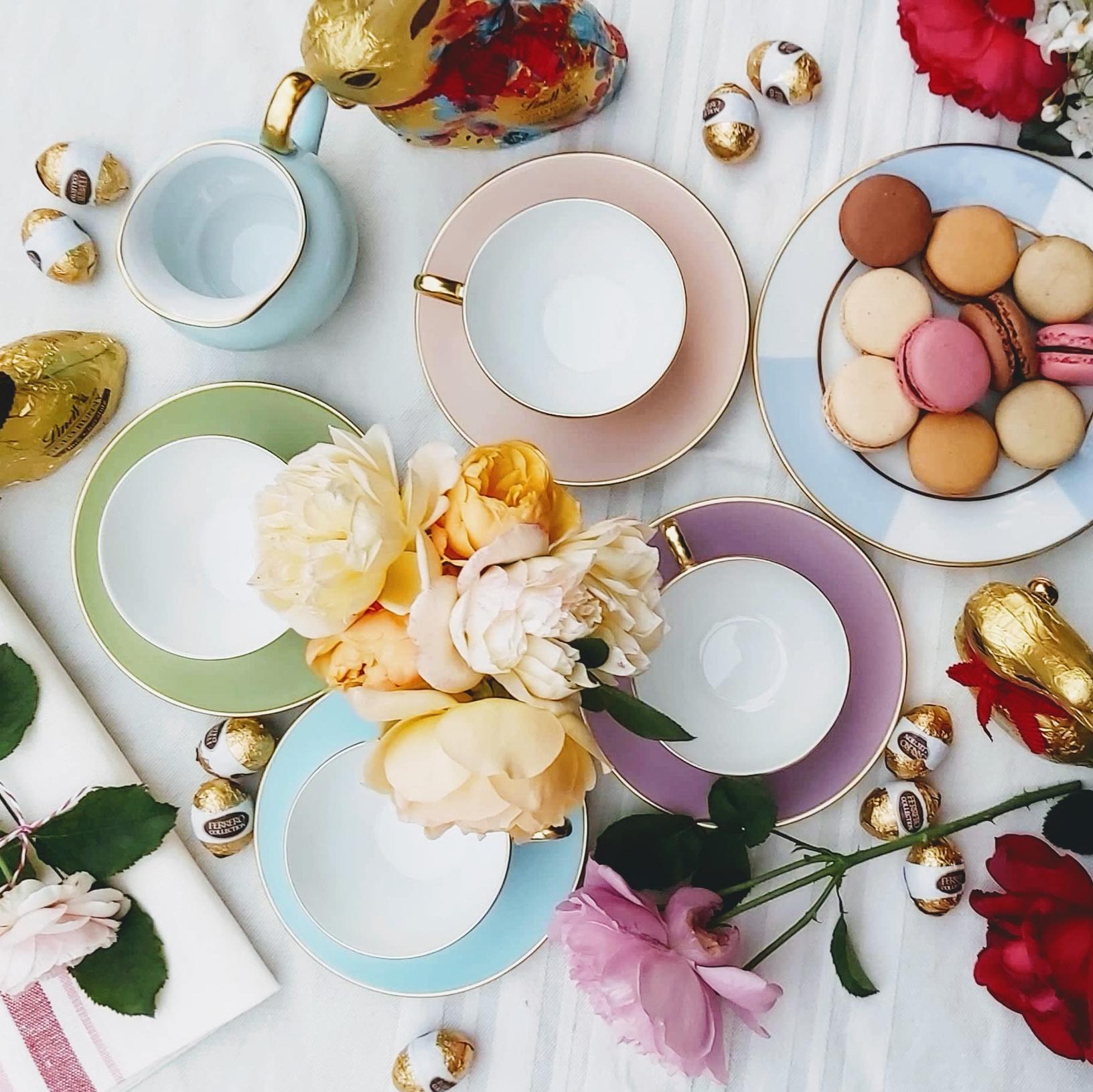
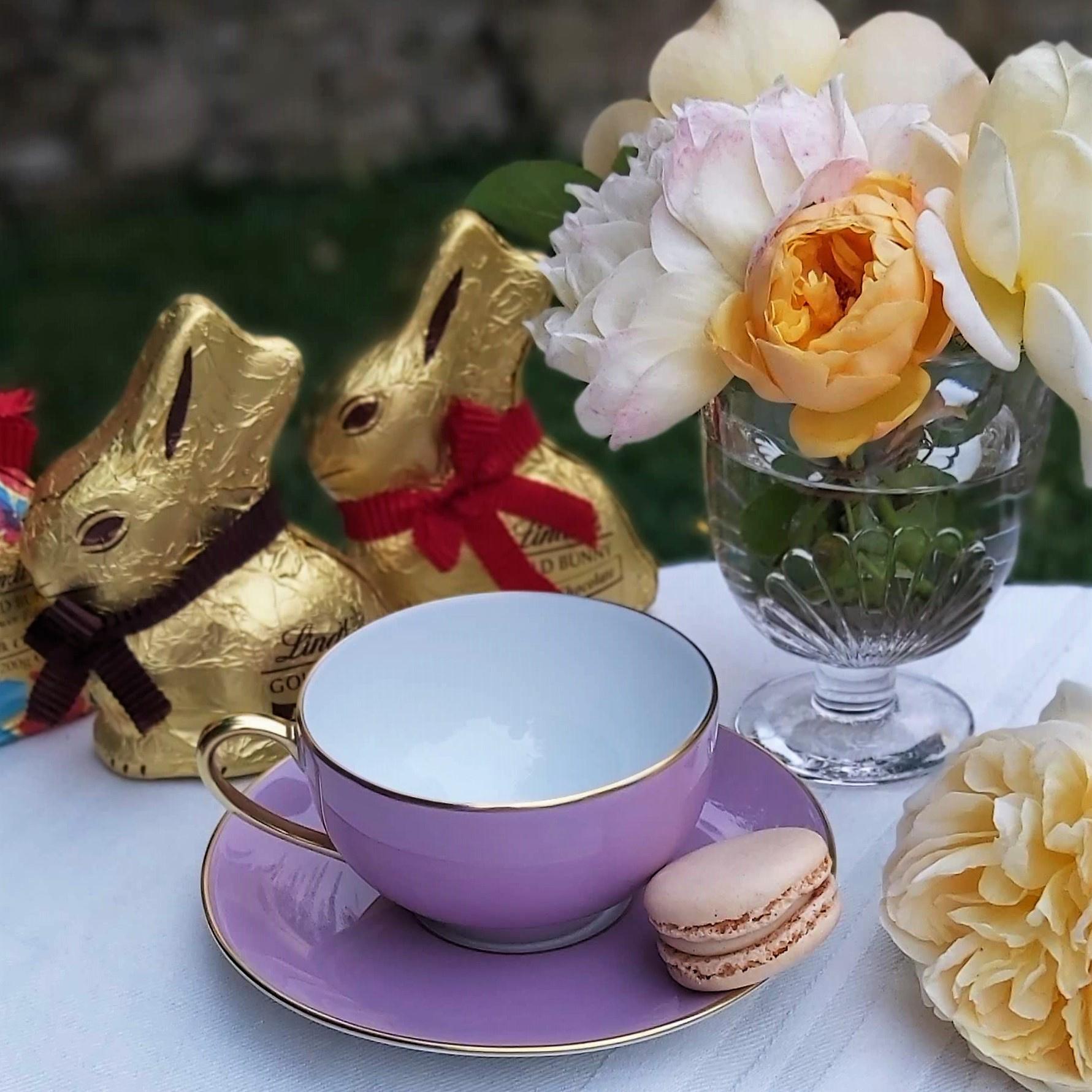
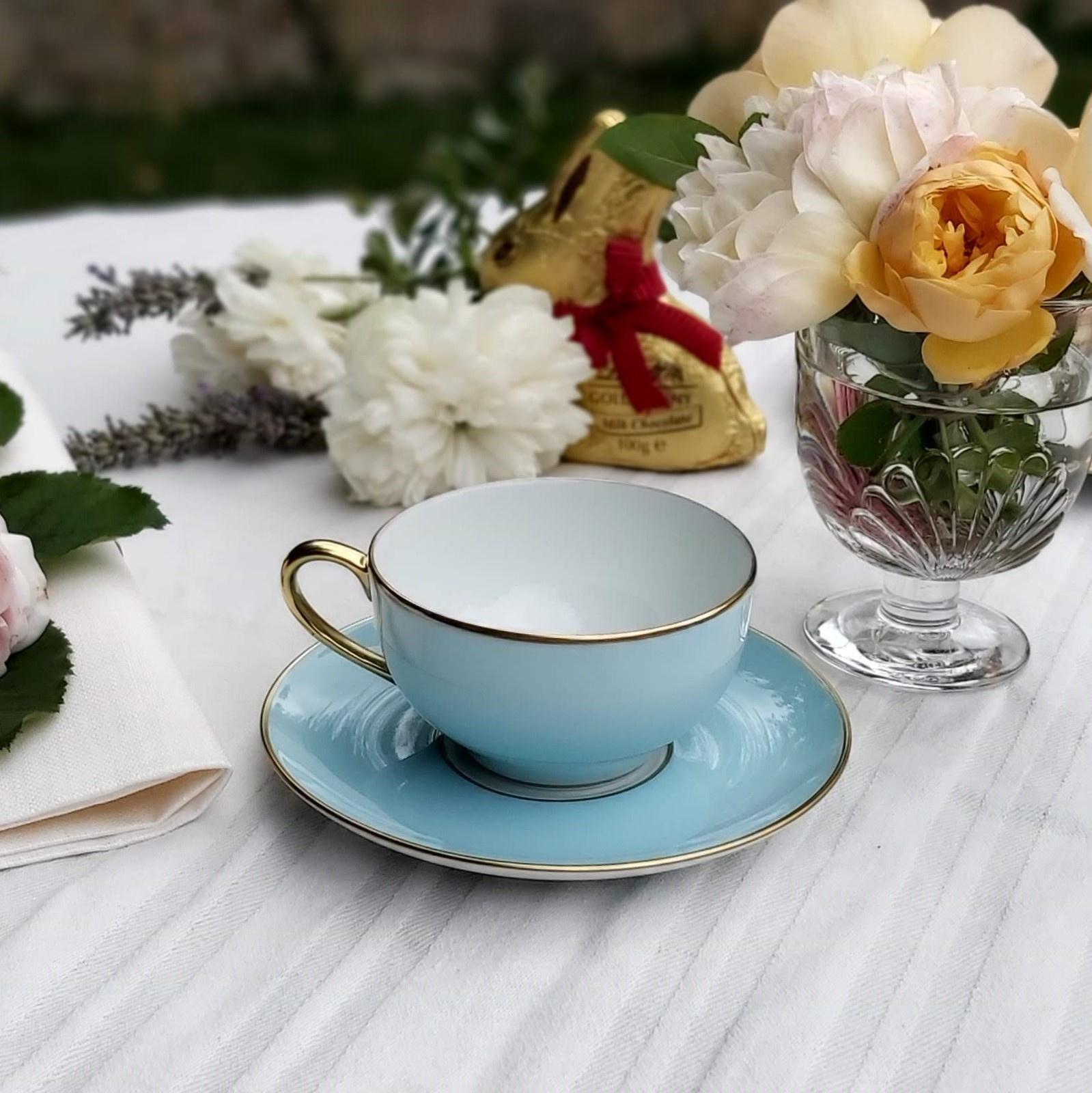
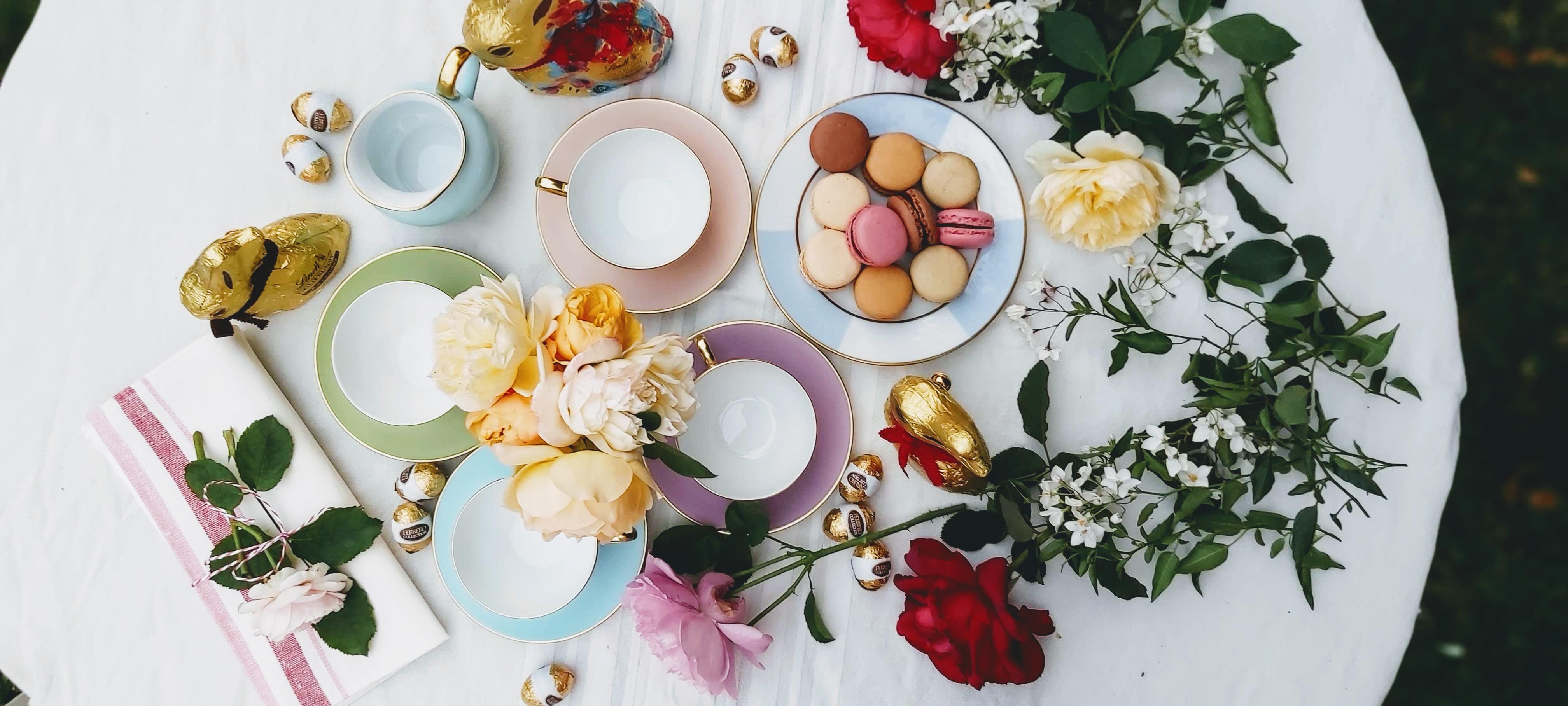 Legle de Limoge Teacup & Saucer (Pastel Blue) $160.00 | Teacup & Saucer (Parma) $160.00
Teacup & Saucer (Pastel Green ) $160.00 | Teacup & Saucer (Rose Petal) $160.00 | Striped Side Plate (Ice Blue) $79.00
La Rochere Belle Ile Wine Glass (Set of 6) $99.00 | French Stripe Tablecloth (250x150cm) $165.00
Legle de Limoge Teacup & Saucer (Pastel Blue) $160.00 | Teacup & Saucer (Parma) $160.00
Teacup & Saucer (Pastel Green ) $160.00 | Teacup & Saucer (Rose Petal) $160.00 | Striped Side Plate (Ice Blue) $79.00
La Rochere Belle Ile Wine Glass (Set of 6) $99.00 | French Stripe Tablecloth (250x150cm) $165.00
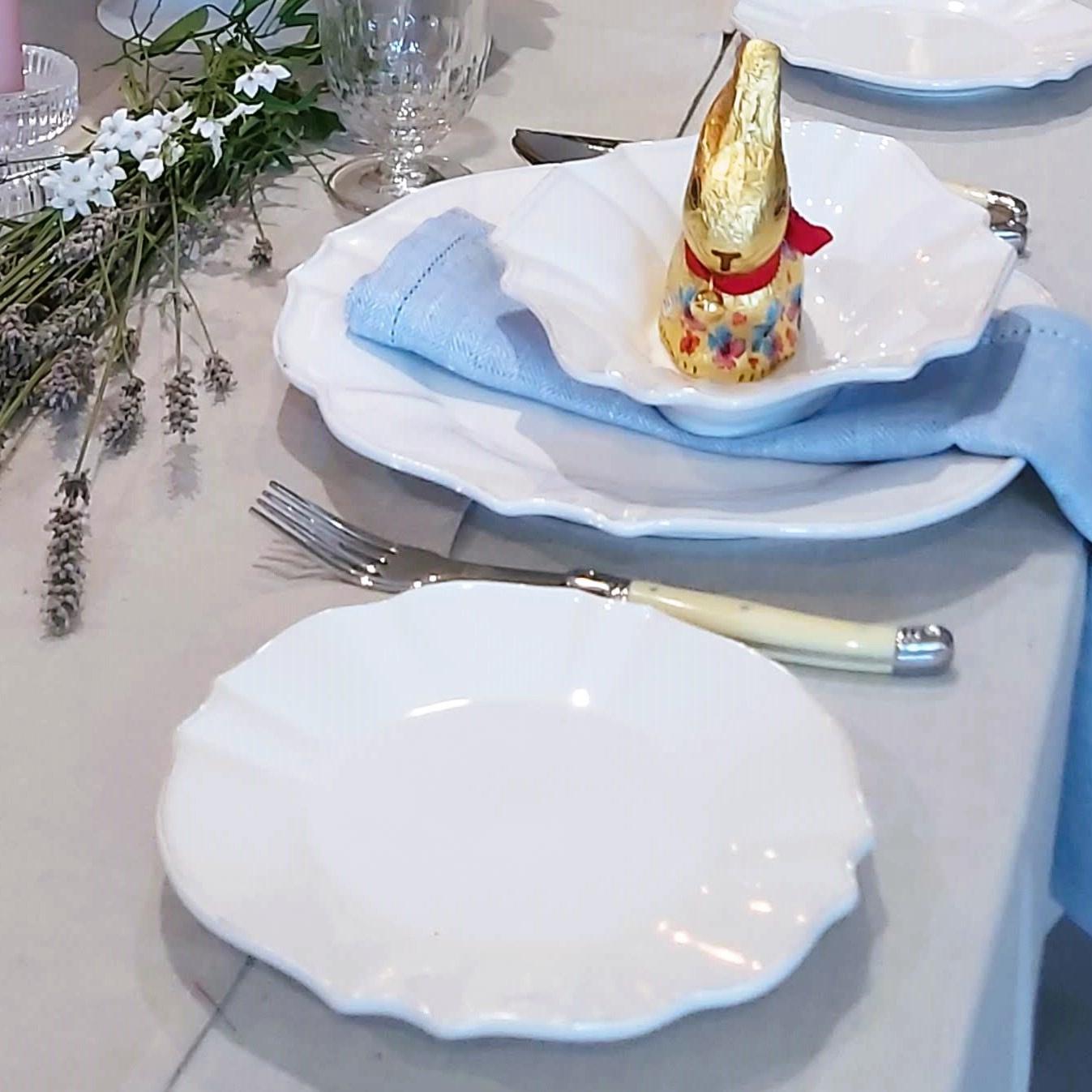
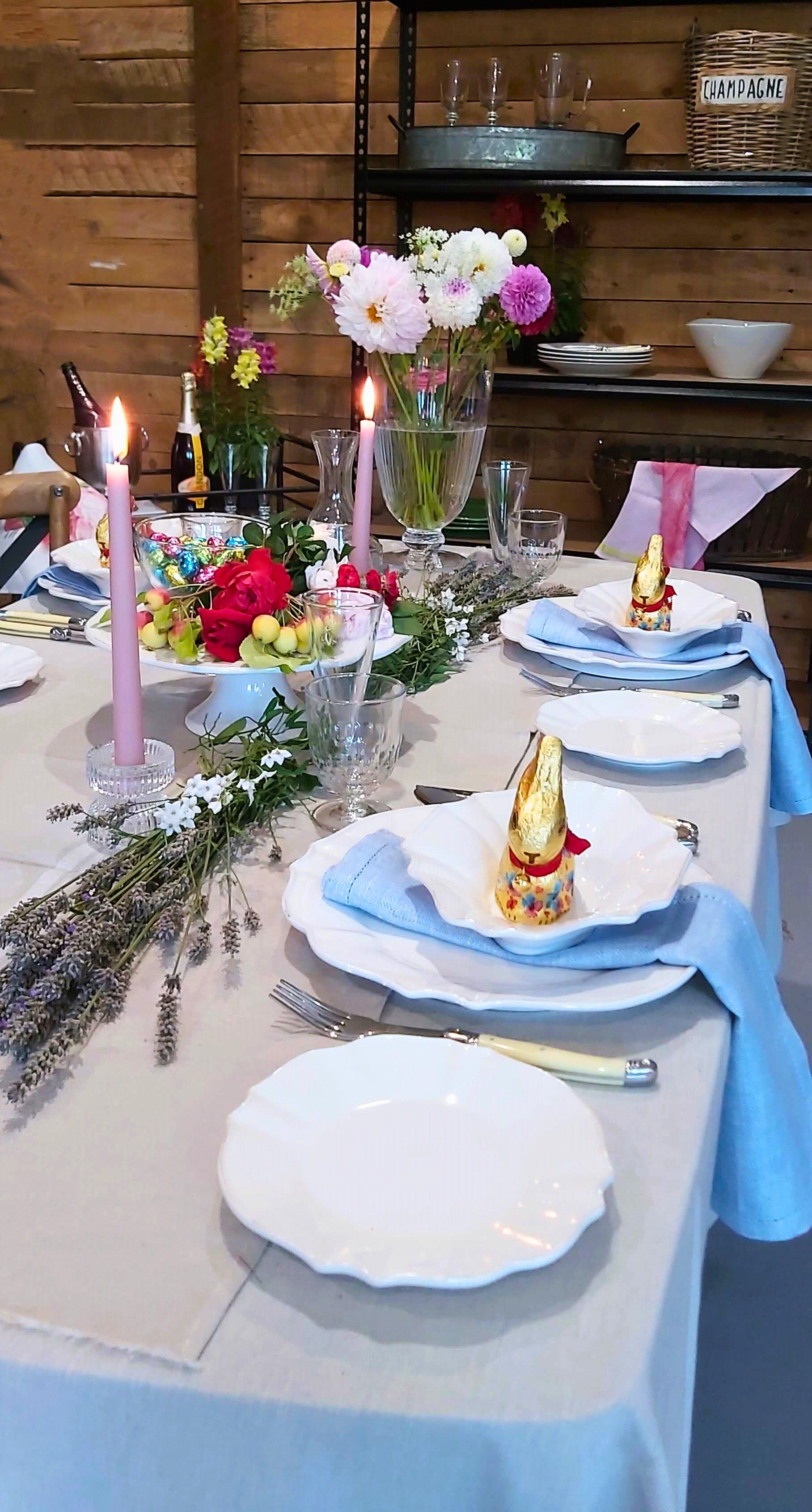
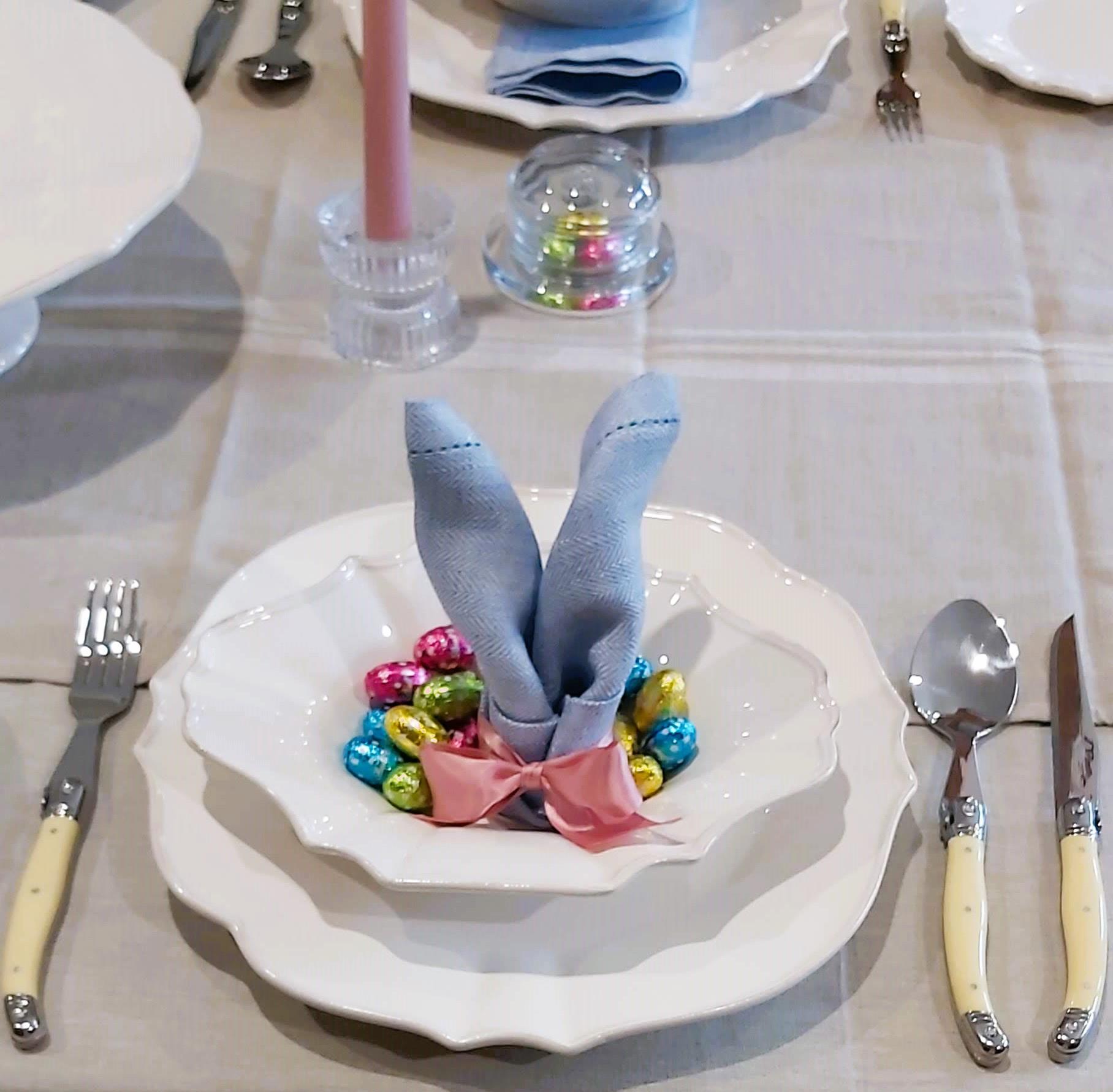
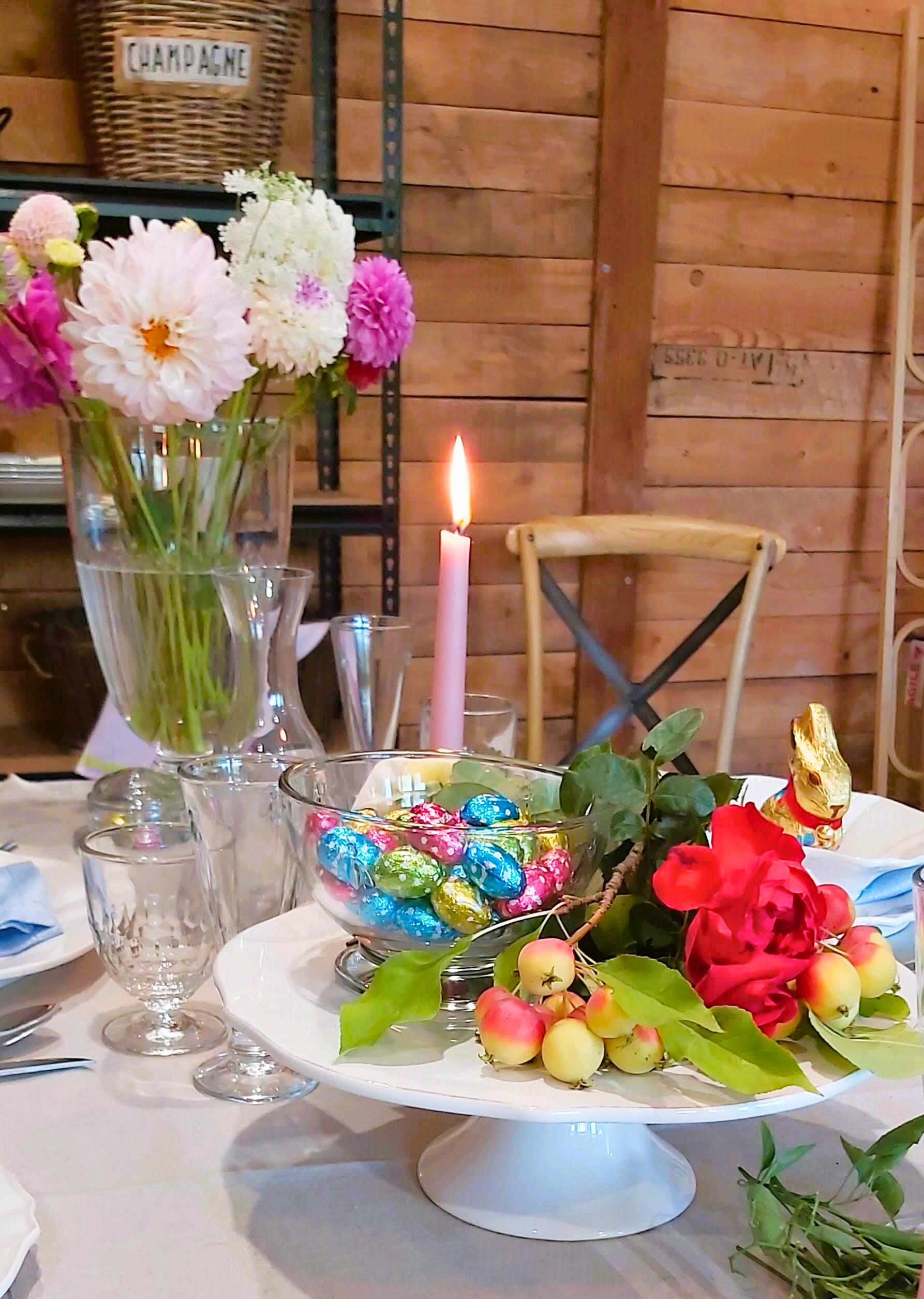
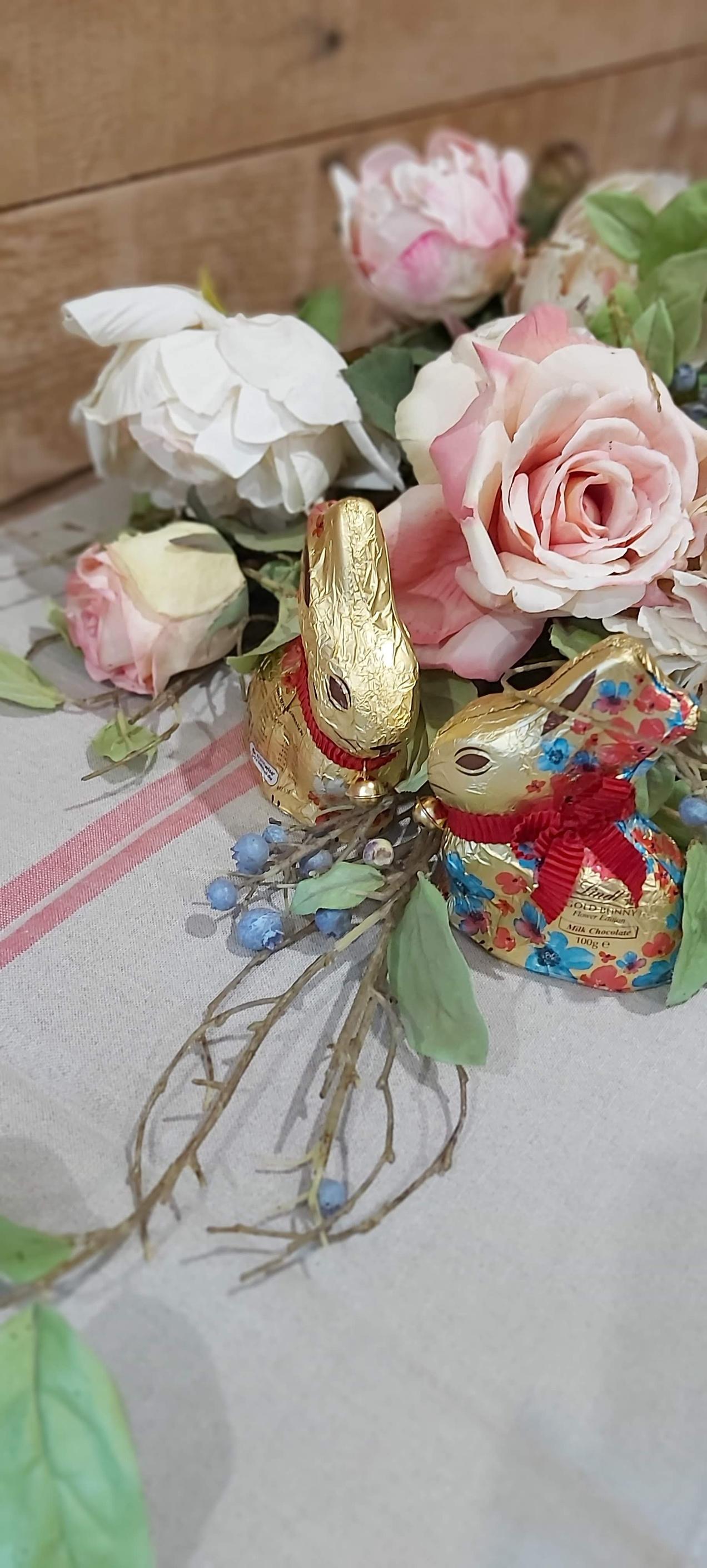 Vienna Dinner Set (12 Piece) $160.00 | Classic Herringbone Napkins - Persian Blue (Set of 4) $100.00 Vienna Cake Stand $79.00 | La Rochere Bee Champagne Flute (Set of 6) $109.00 | La Rochere Bee Bowl $22.00
La Rochere Artois Wine Glass (Set of 6) $95.00 | La Rochere Bee Ceramic Bowl - Ecru $110.00
Laguiole 24 Piece Cutlery Set - Ivory $199.00
Vienna Dinner Set (12 Piece) $160.00 | Classic Herringbone Napkins - Persian Blue (Set of 4) $100.00 Vienna Cake Stand $79.00 | La Rochere Bee Champagne Flute (Set of 6) $109.00 | La Rochere Bee Bowl $22.00
La Rochere Artois Wine Glass (Set of 6) $95.00 | La Rochere Bee Ceramic Bowl - Ecru $110.00
Laguiole 24 Piece Cutlery Set - Ivory $199.00
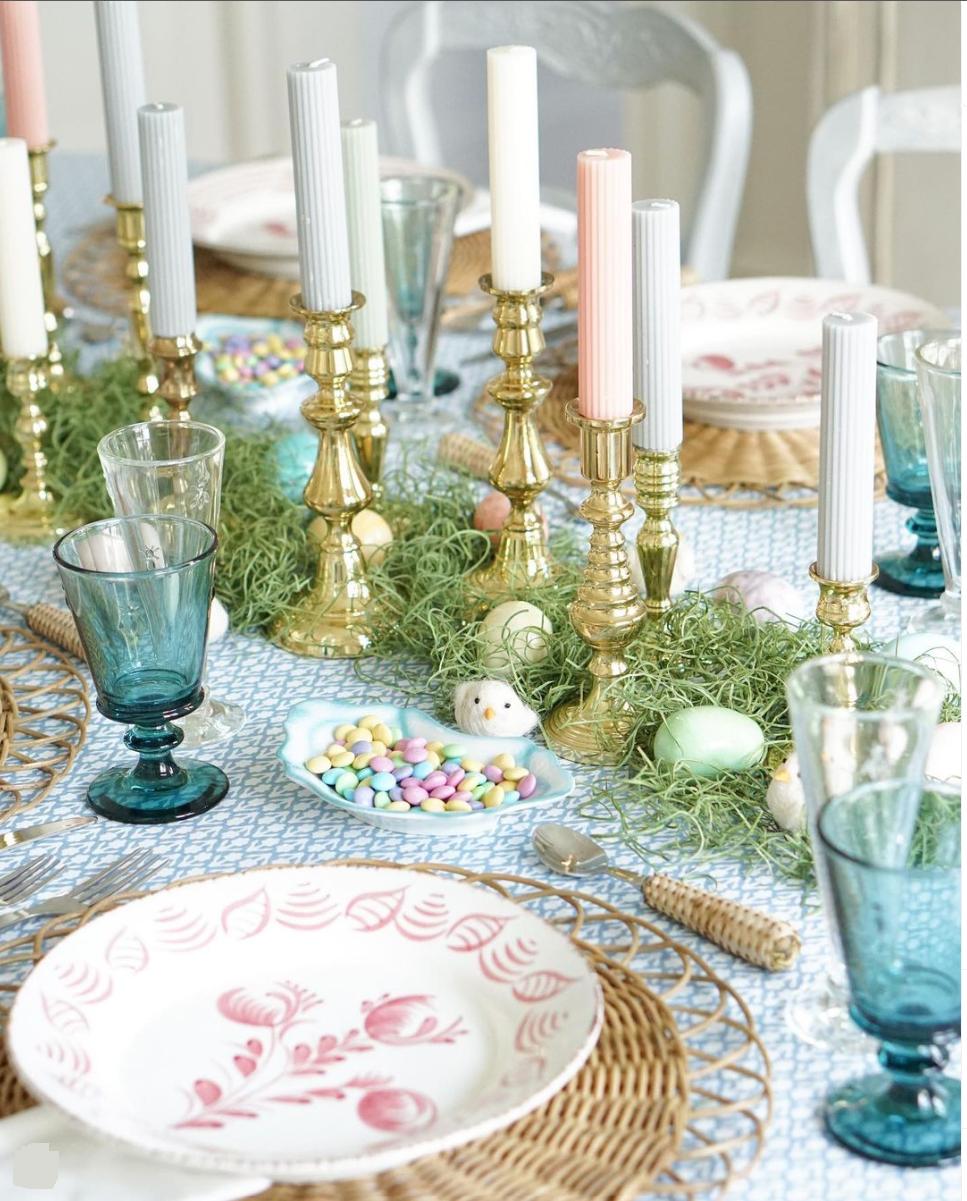 Image Courtesy Mary Catherine Studio
Image Courtesy Mary Catherine Studio
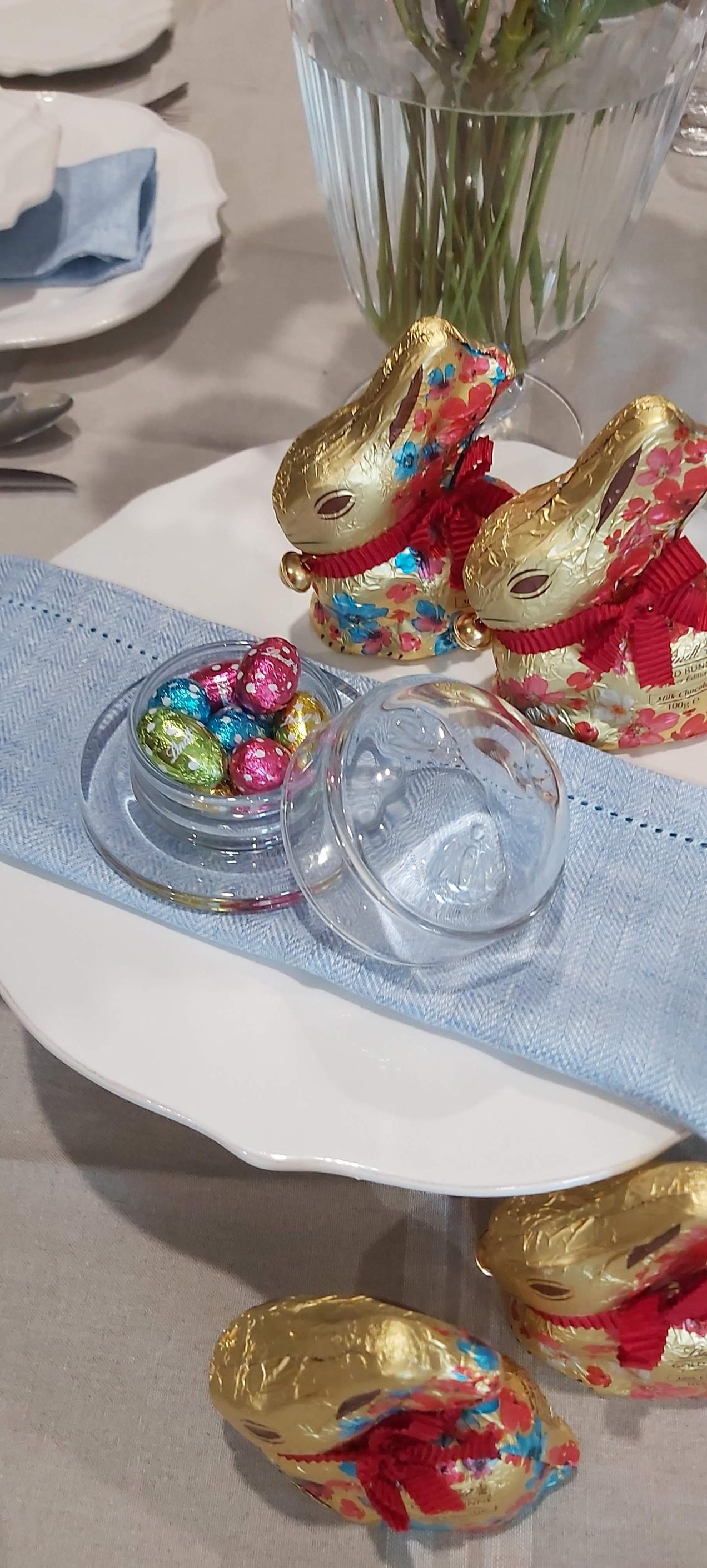
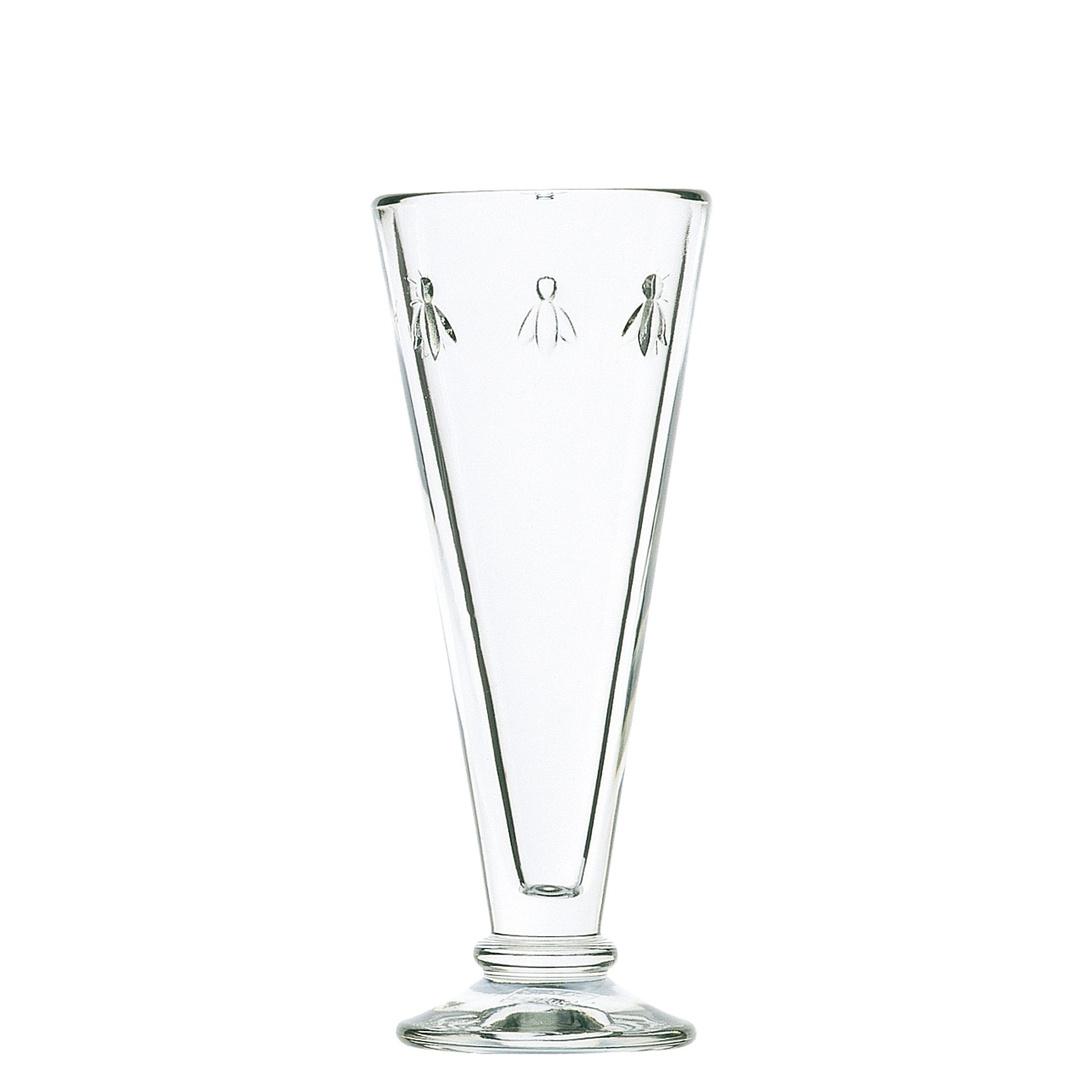
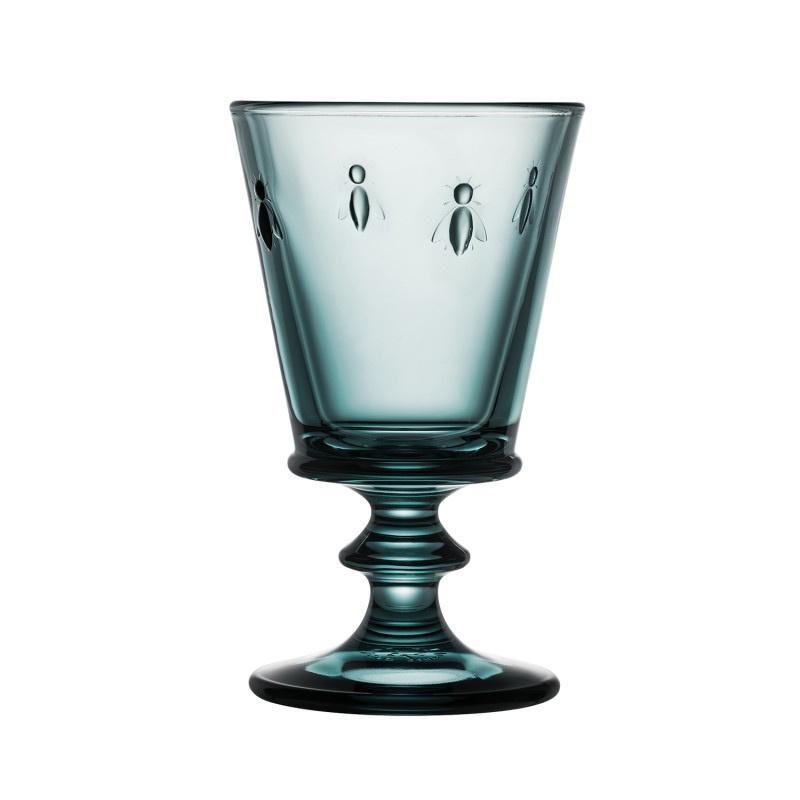
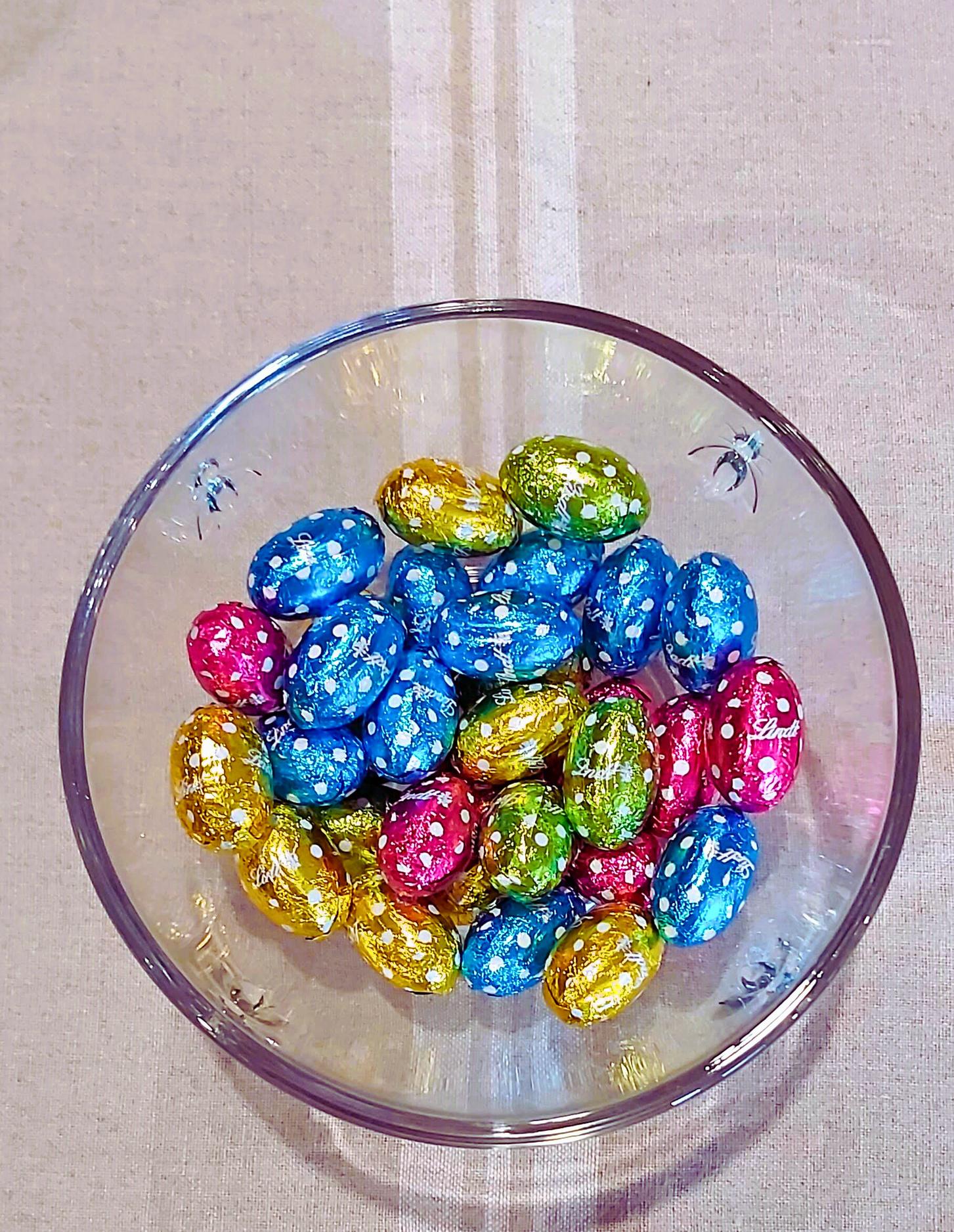
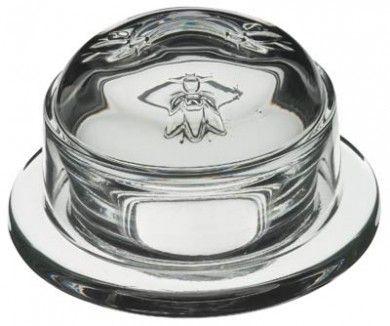
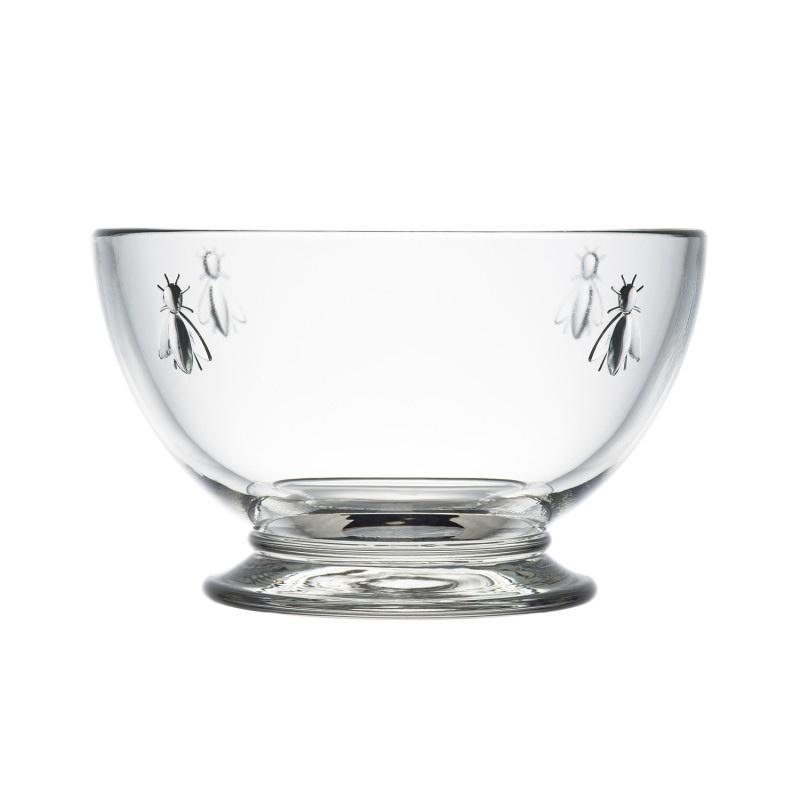
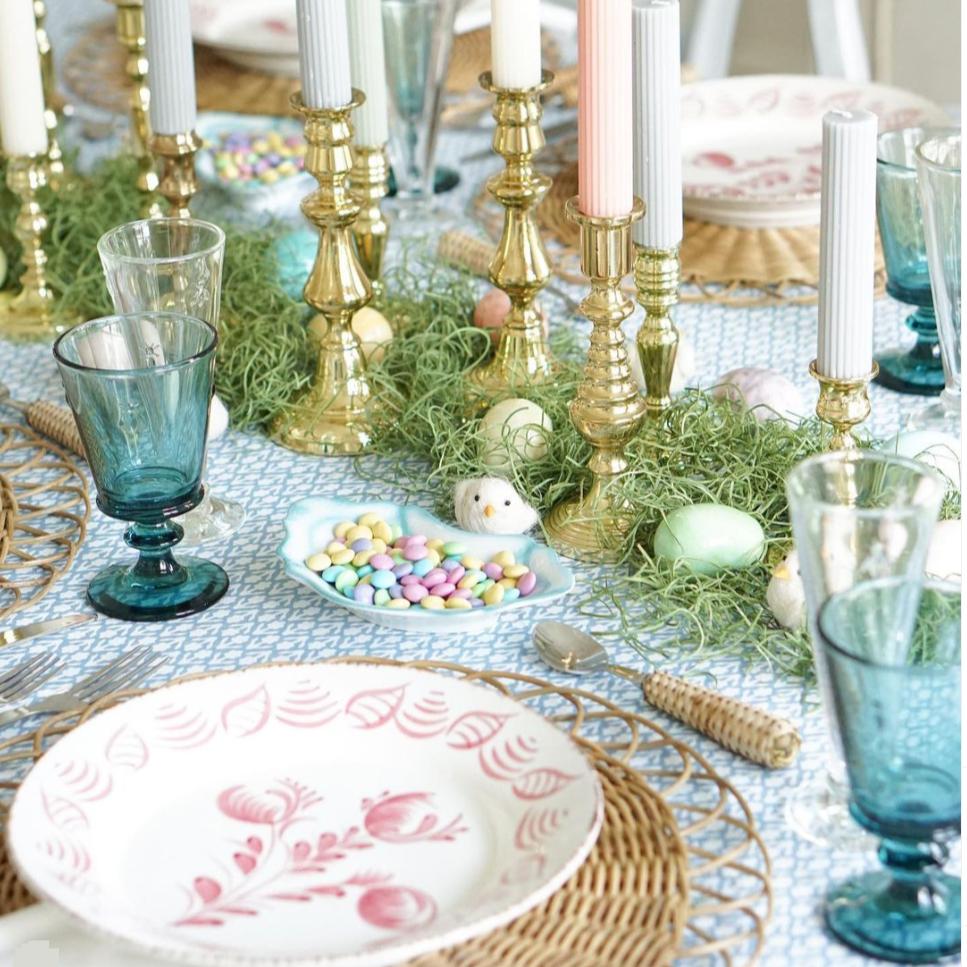 La Rochere French Bee Bowl Glass (Single) $22.00 | French Bee Bowl (Set of 6) $116.00
La Rochere French Bee Wine Glass - Night Sky (Set of 6) $118.95 | French Bee Champagne Flute (Set of 6) $109.00
La Rochere French Bee Bowl Glass (Single) $22.00 | French Bee Bowl (Set of 6) $116.00
La Rochere French Bee Wine Glass - Night Sky (Set of 6) $118.95 | French Bee Champagne Flute (Set of 6) $109.00
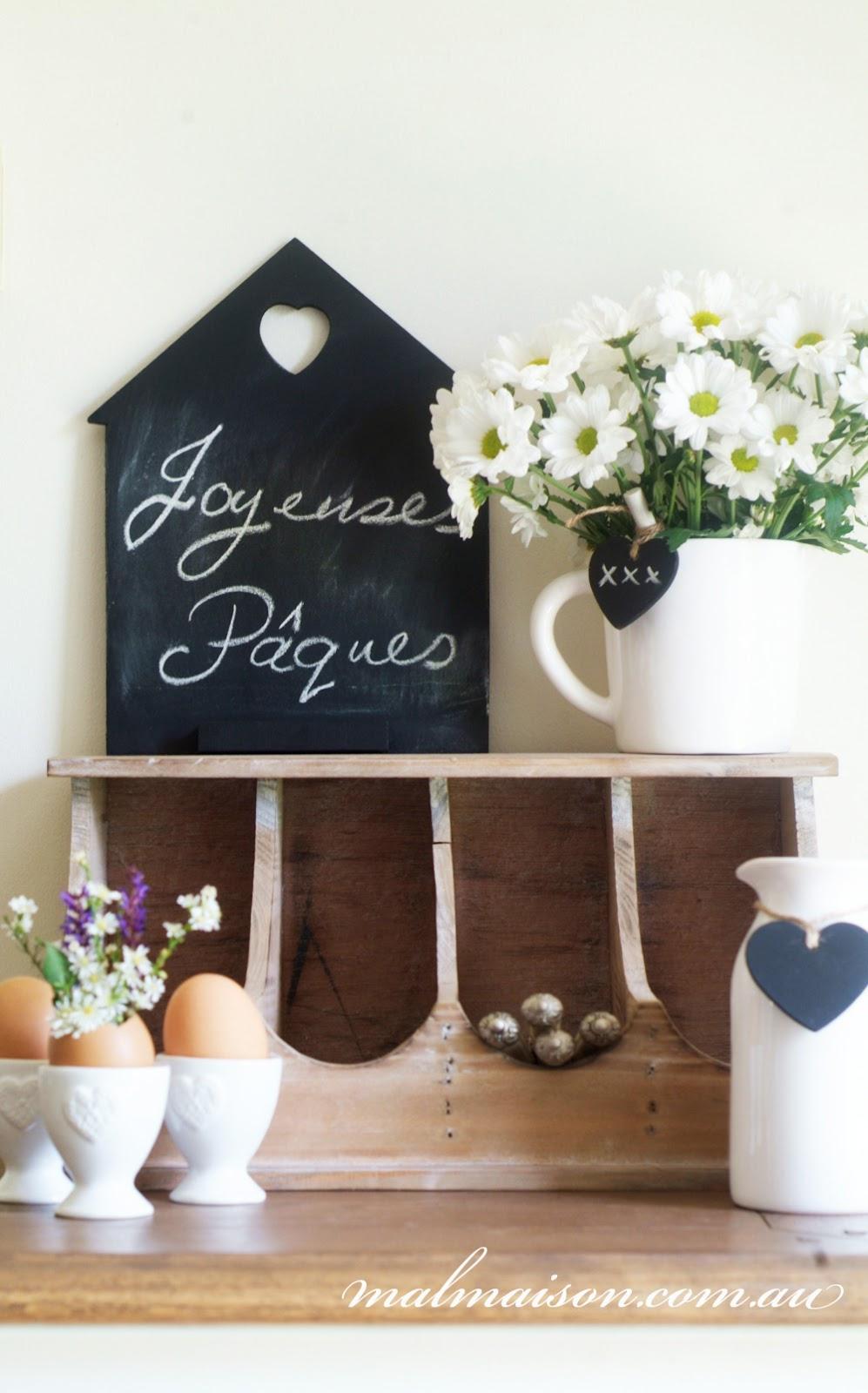
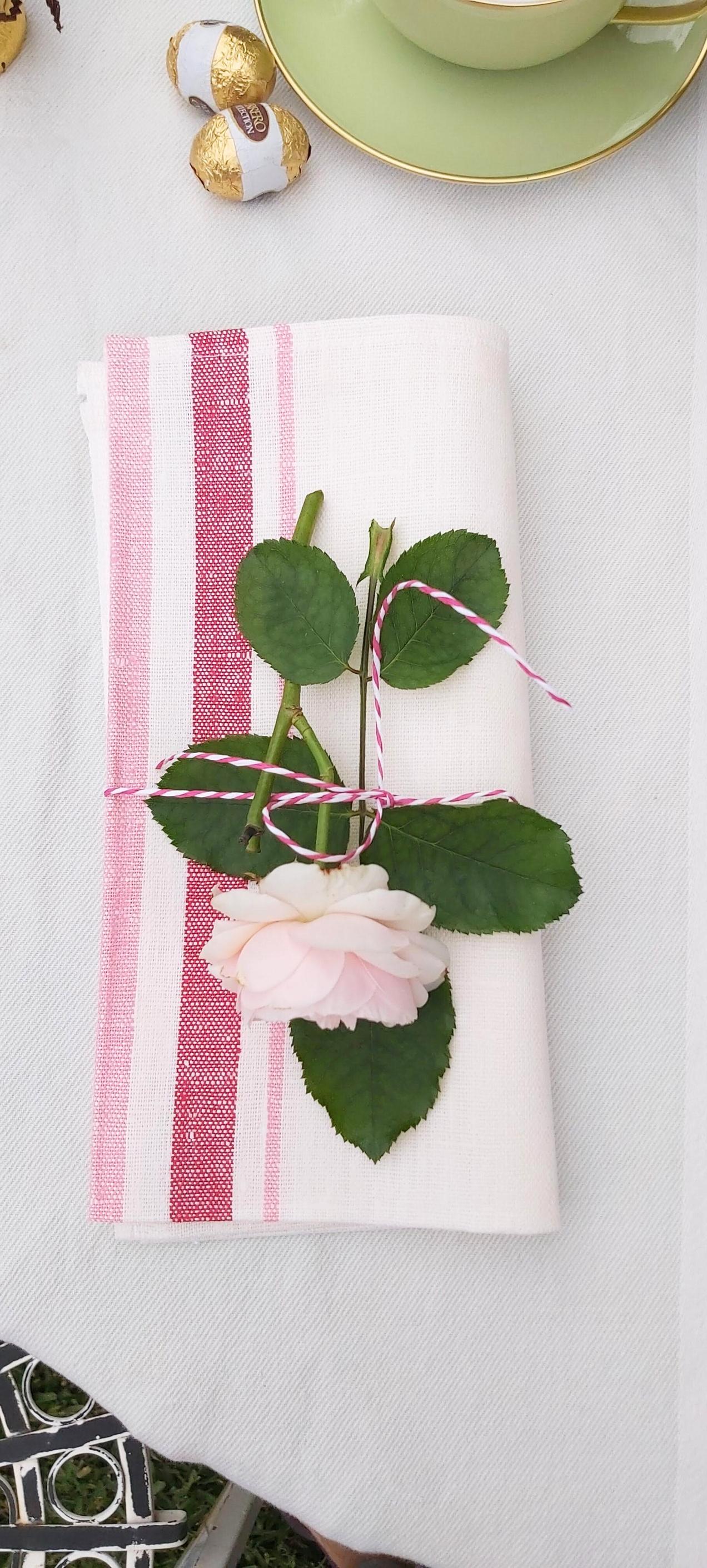
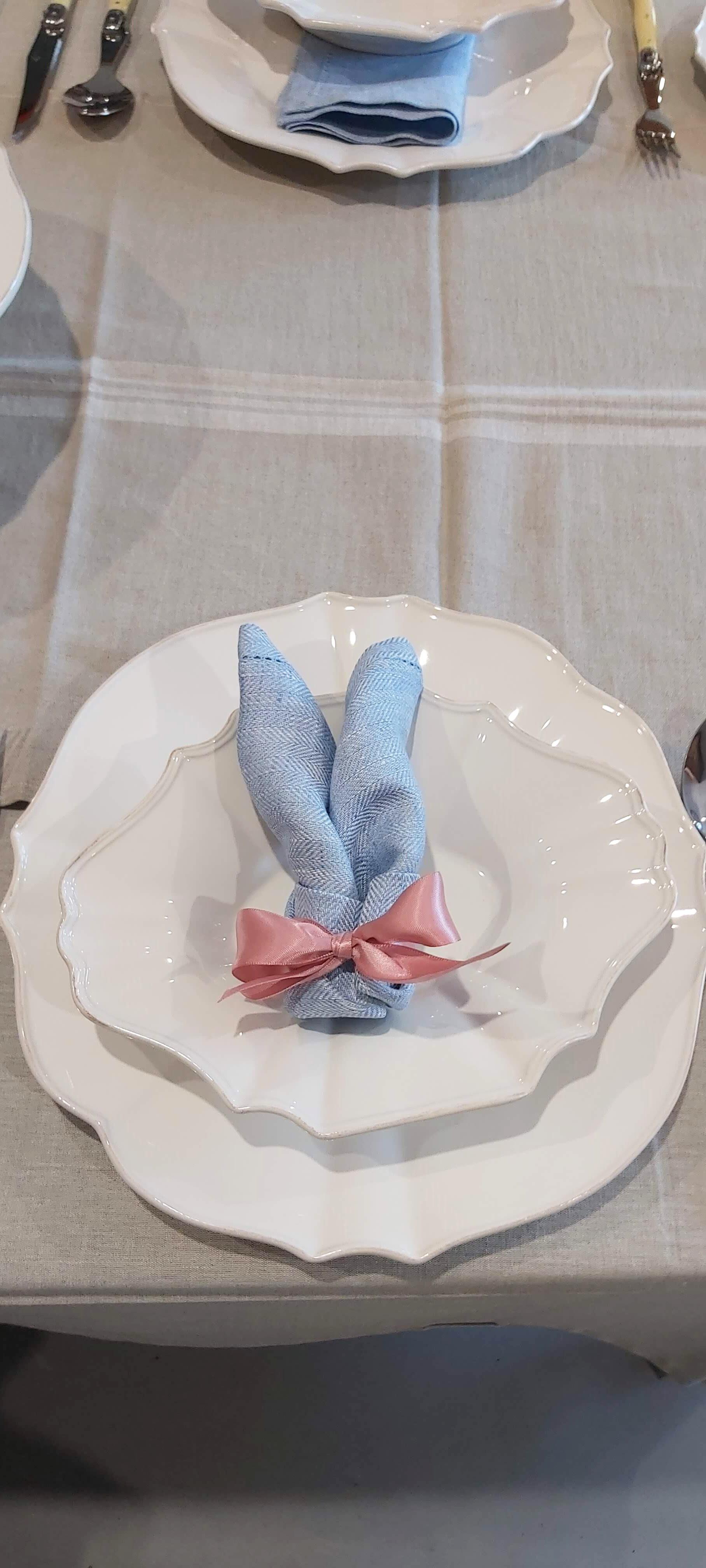
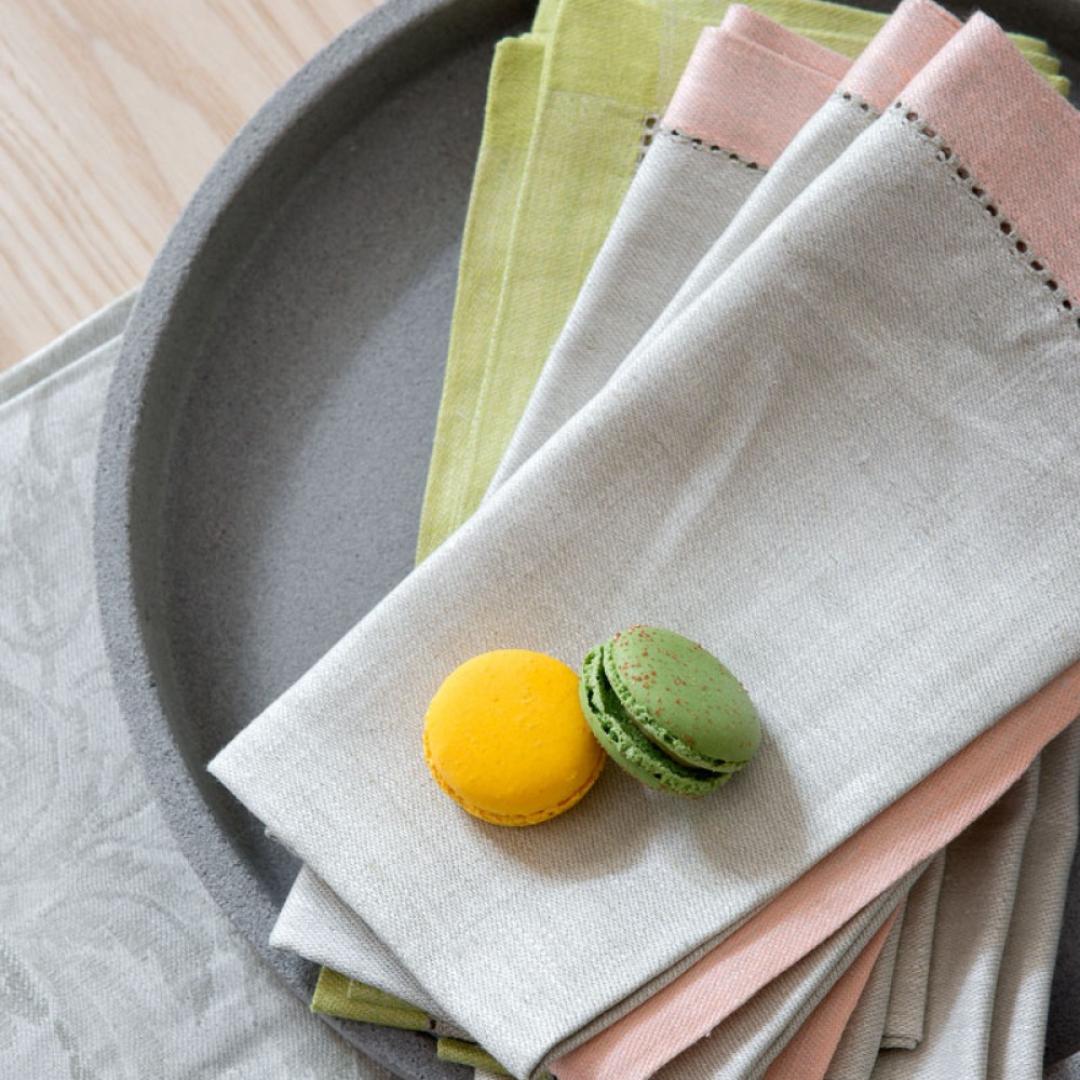
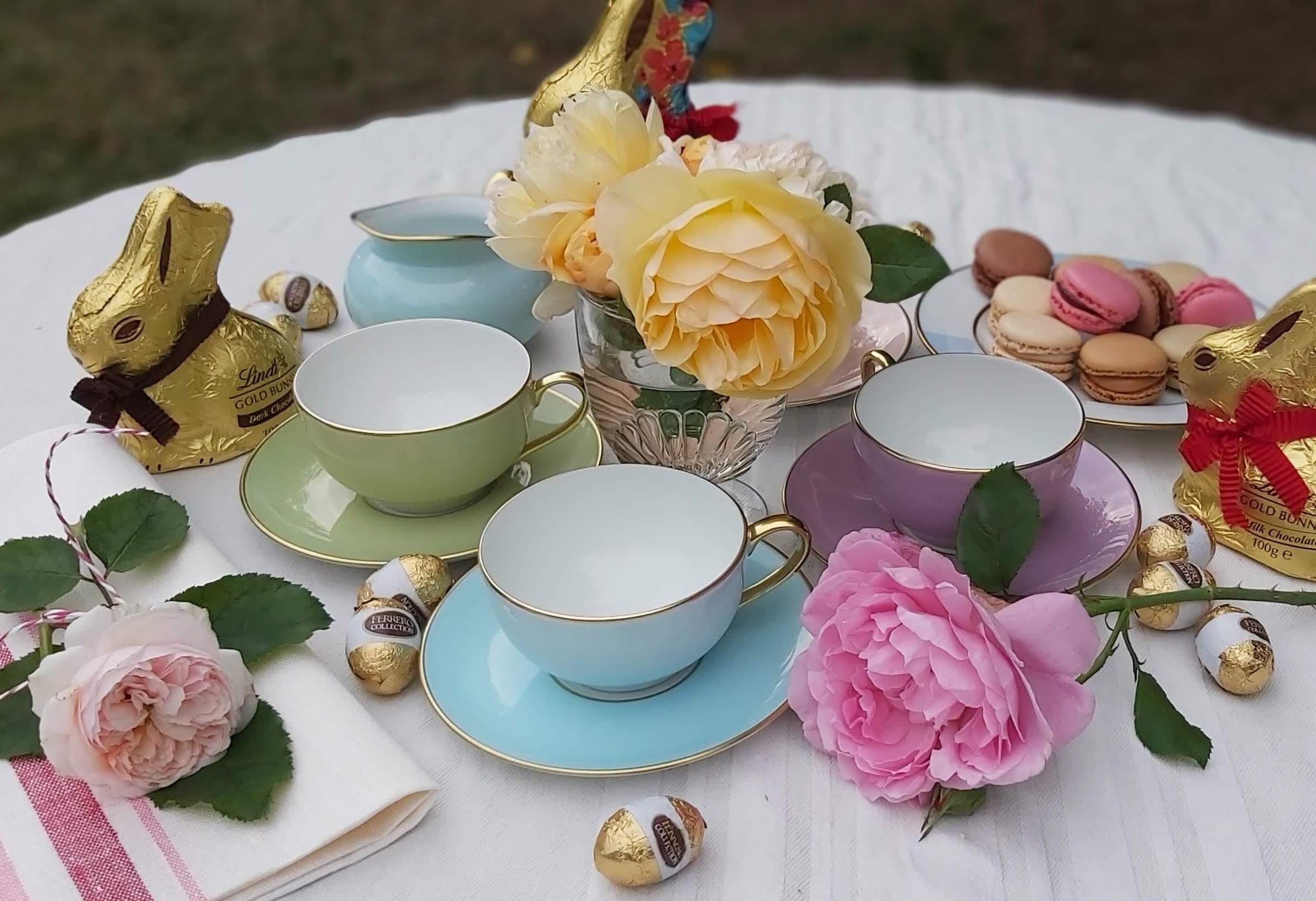 Agnès Linen Napkins - Red & Pink Stripe (Set of 4) $95.00
Agnès Linen Napkins - Red & Pink Stripe (Set of 4) $95.00
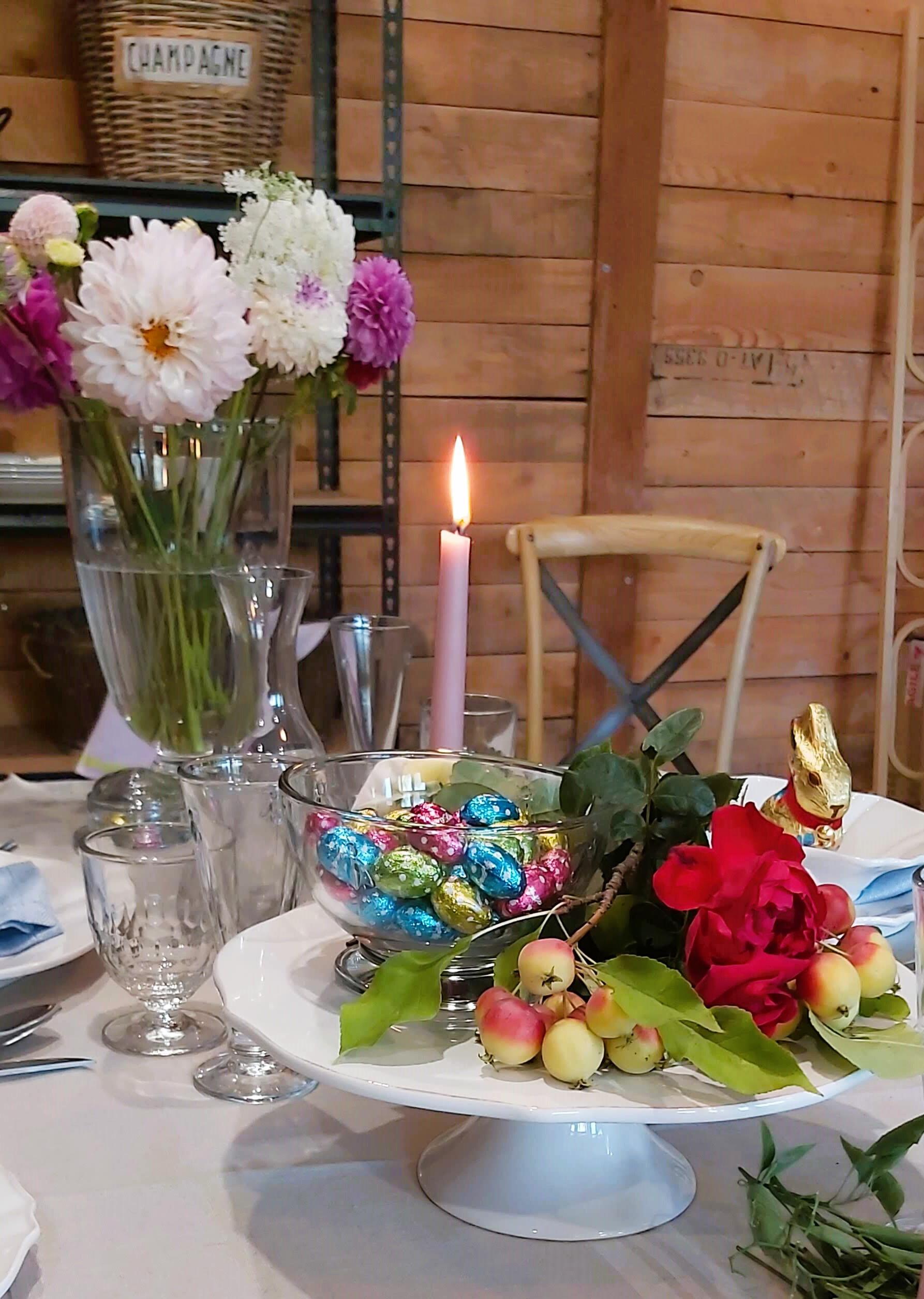
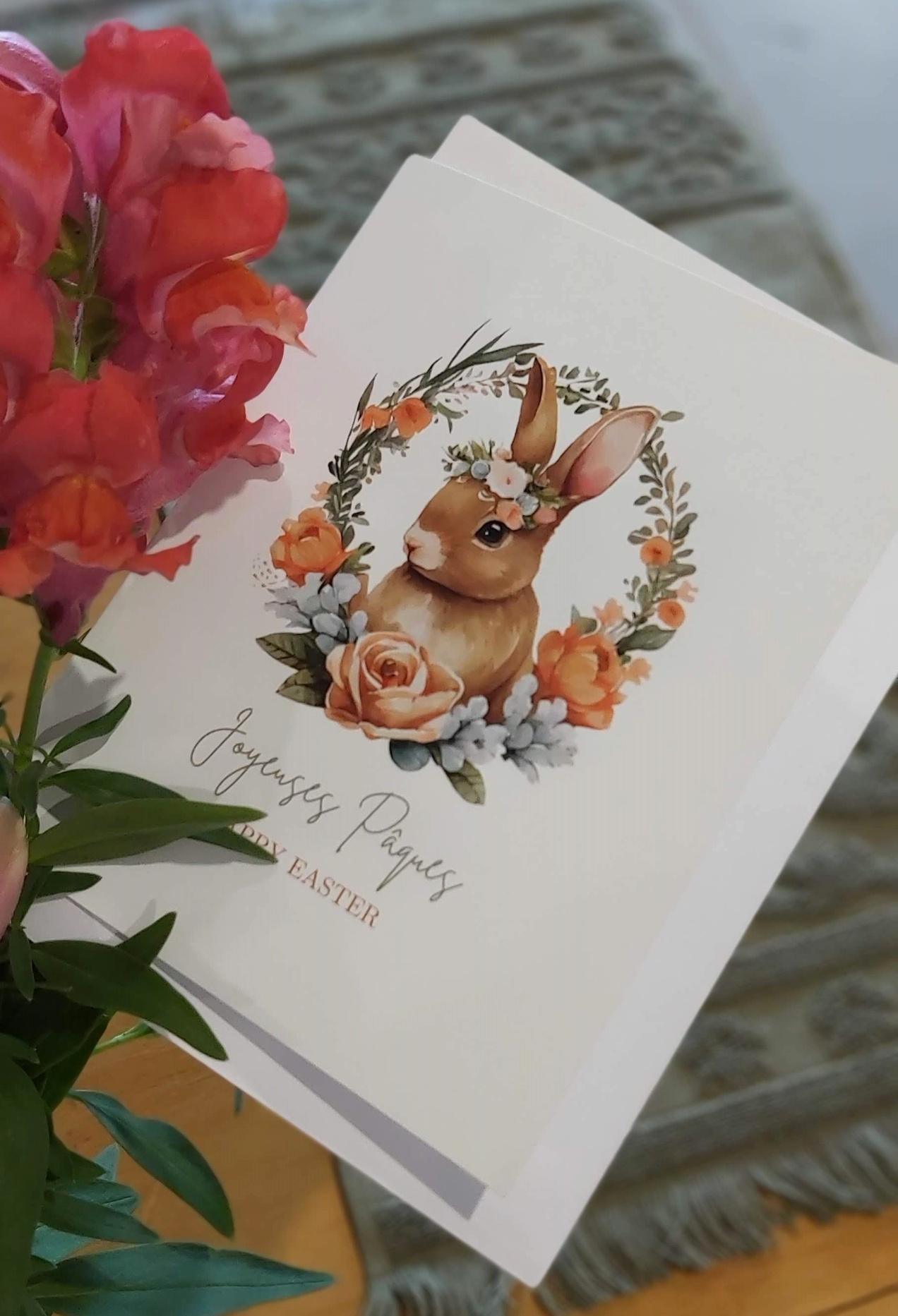
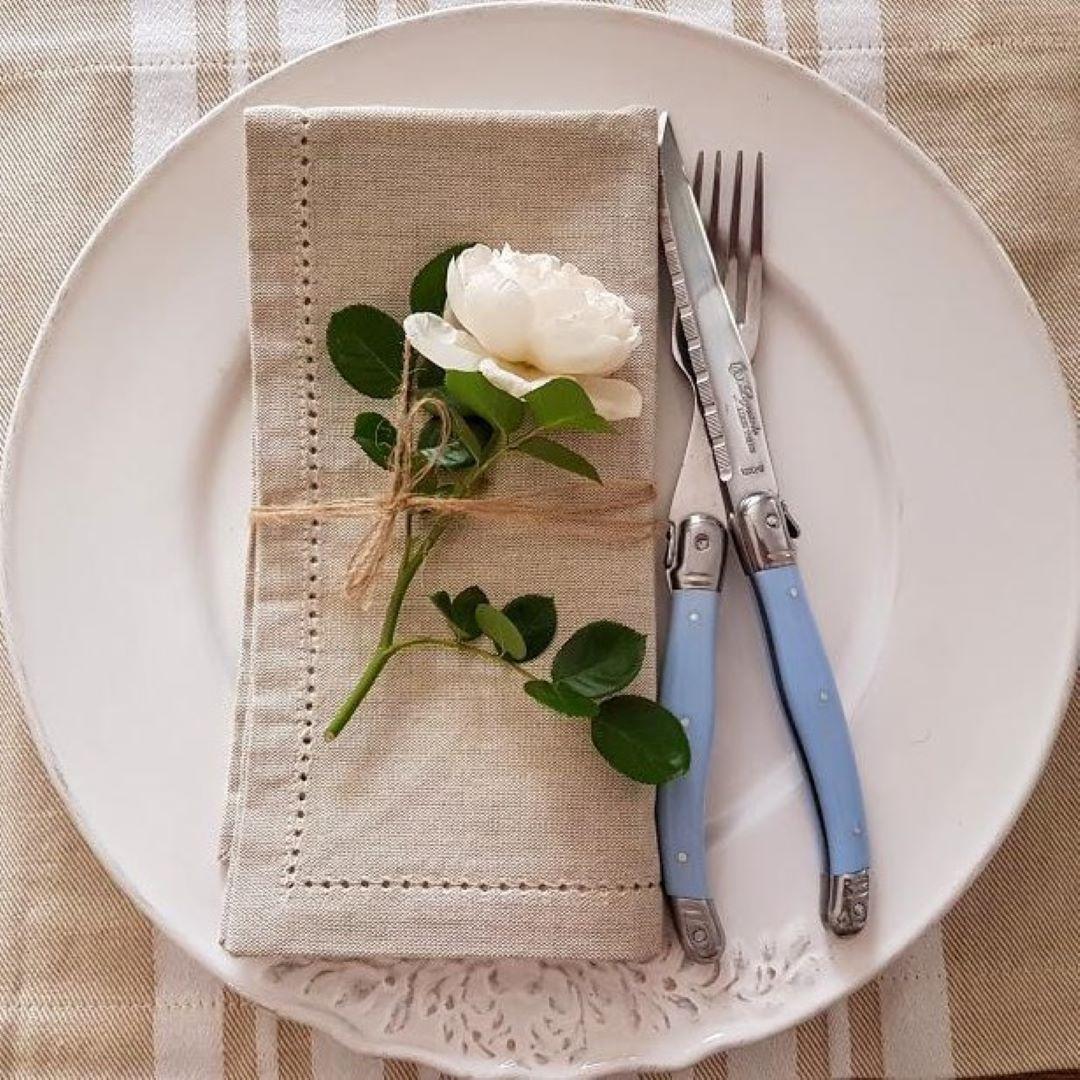
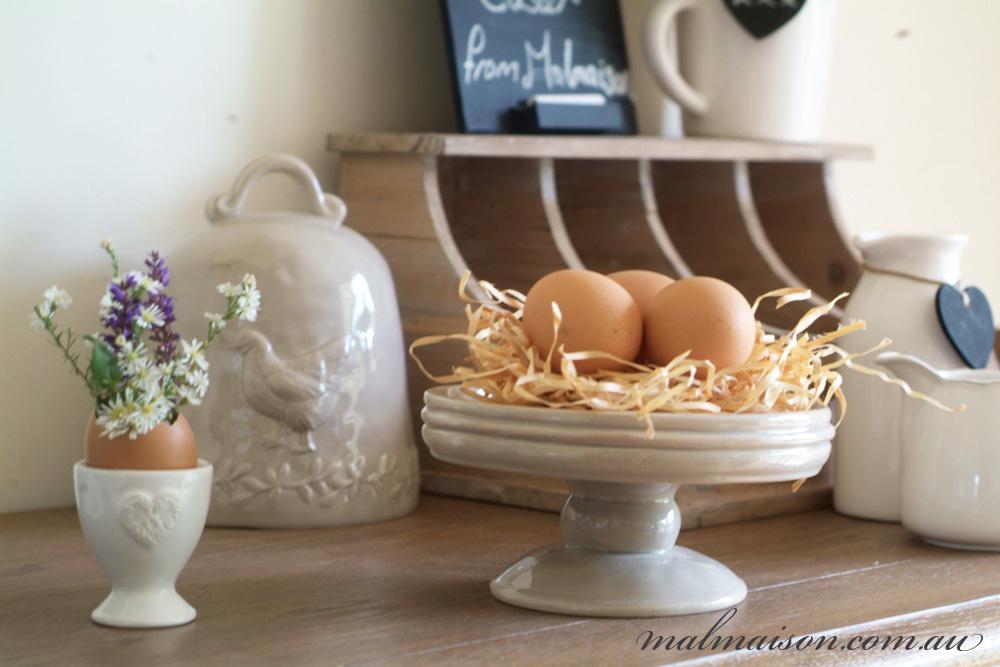
 Joyeuses Pâques - Happy Easter Greeting Card $5.95 | Provincial Napkins (Set of 6) $60.00 | Laguiole 24 Piece Cutlery Set (Carnaval) $199.00
French Stripe Tablecloth - Blanc (350x150cm) $225.00 | Fête Table Runner - Rouge/Red (150x50cm) $120.00
Joyeuses Pâques - Happy Easter Greeting Card $5.95 | Provincial Napkins (Set of 6) $60.00 | Laguiole 24 Piece Cutlery Set (Carnaval) $199.00
French Stripe Tablecloth - Blanc (350x150cm) $225.00 | Fête Table Runner - Rouge/Red (150x50cm) $120.00
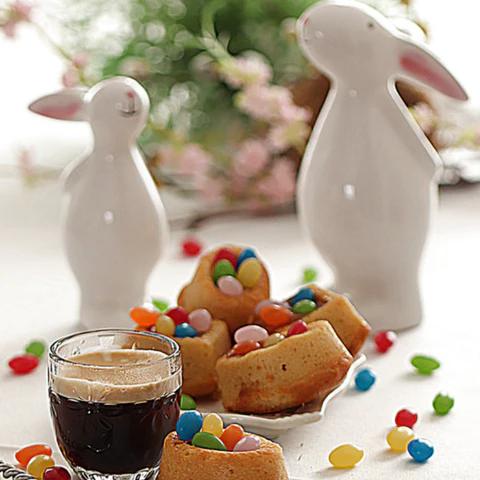
Petits Nids de Pâques, or Little Easter Nests, are a traditional French Easter treat that is often enjoyed during the French Springtime Easter Holiday.
Initially, these delightful and tasty treats were commonly prepared using a blend of shredded wheat, chocolate, and candy eggs. However, as time has passed, new variations of the recipe have surfaced.
Petits Nids de Pâques are a fun and festive treat that are perfect for celebrating Easter with family and friends. They are also easy to make and can be customized with different types of candy eggs or other decorations to make them even more festive
Preparation 15 minutes
Cooking: 12 minutes
Ingredients (8-10 cupcakes)
4 egg whites
90 g of melted butter
30 g of flour
8o gr ground almonds
70g icing sugar
Salted butter caramel or chocolate spread
Clarify the eggs (separate the whites from the yolks).
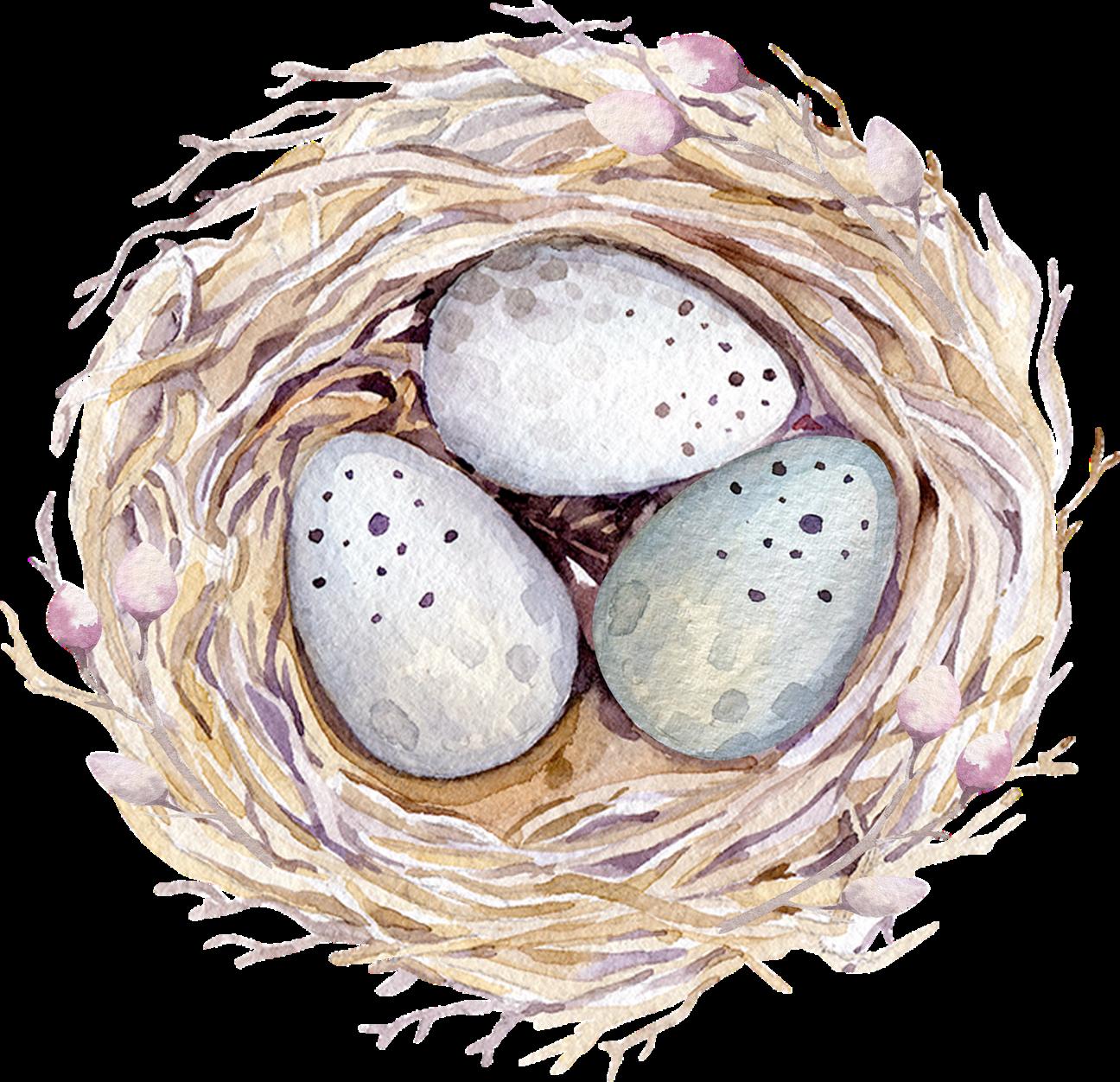
With the yolks that will not be used in the recipe, you can make a custard.
Beat with a whisk, the whites to loosen them.
Sift the flour, almonds, icing sugar
Melt the butter
Add the sifted powders to the egg whites and beat vigorously.
Add the melted butter.
Mix well to obtain a smooth paste.
Preheat the oven to 180°
Place the dough in the previously buttered molds if they are not silicone
Bake for 12 minutes
Check the cooking with the tip of a knife which should come out dry.
Let the cupcakes cool.
Meanwhile, lightly melt the caramel or chocolate spread in the microwave.
Fill the middle of the cakes, generously
Chill for 30 minutes and enjoy
For the occasion of the Easter holidays, add a few small Easter eggs to make this dessert even more playful.
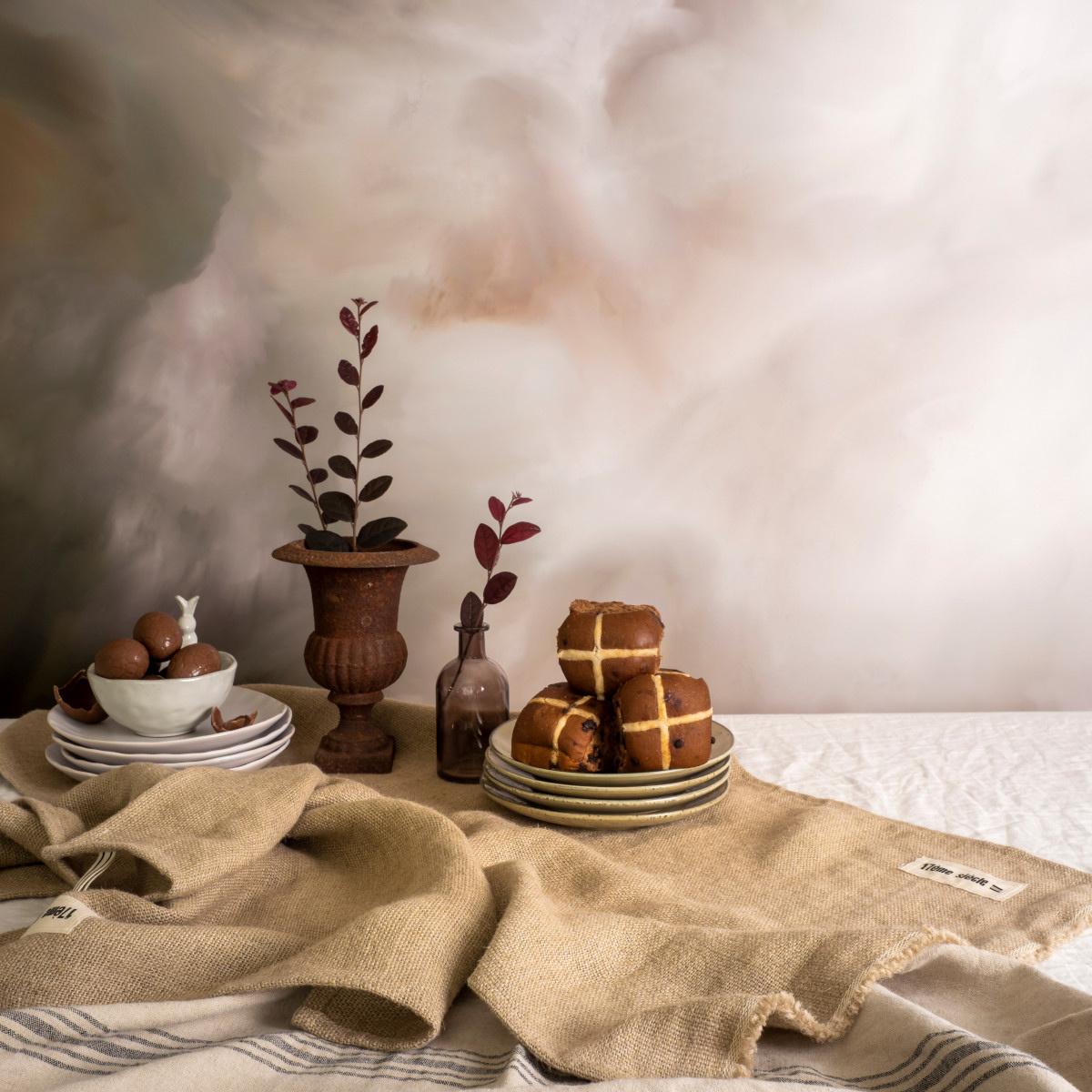
Transform your table into a charming slice of Provence this Easter with our decorating tips inspired by the beautiful French countryside. In true Provencal style, opt for neutral tones and layer different textures to create an elegant and rustic ambiance.
To give your table an authentic Provincial feel, combine French linen, glassware, ceramicware and cutlery, with touches from nature, such as lavender or Easter daisies to add a touch of natural charm.
With these simple tips, your Easter table will exude the timeless beauty and rustic charm of Provence. Enjoy a delightful gathering with loved ones, creating wonderful memories amidst a setting that captures the essence of the French countryside.
Image Courtesy French Consul

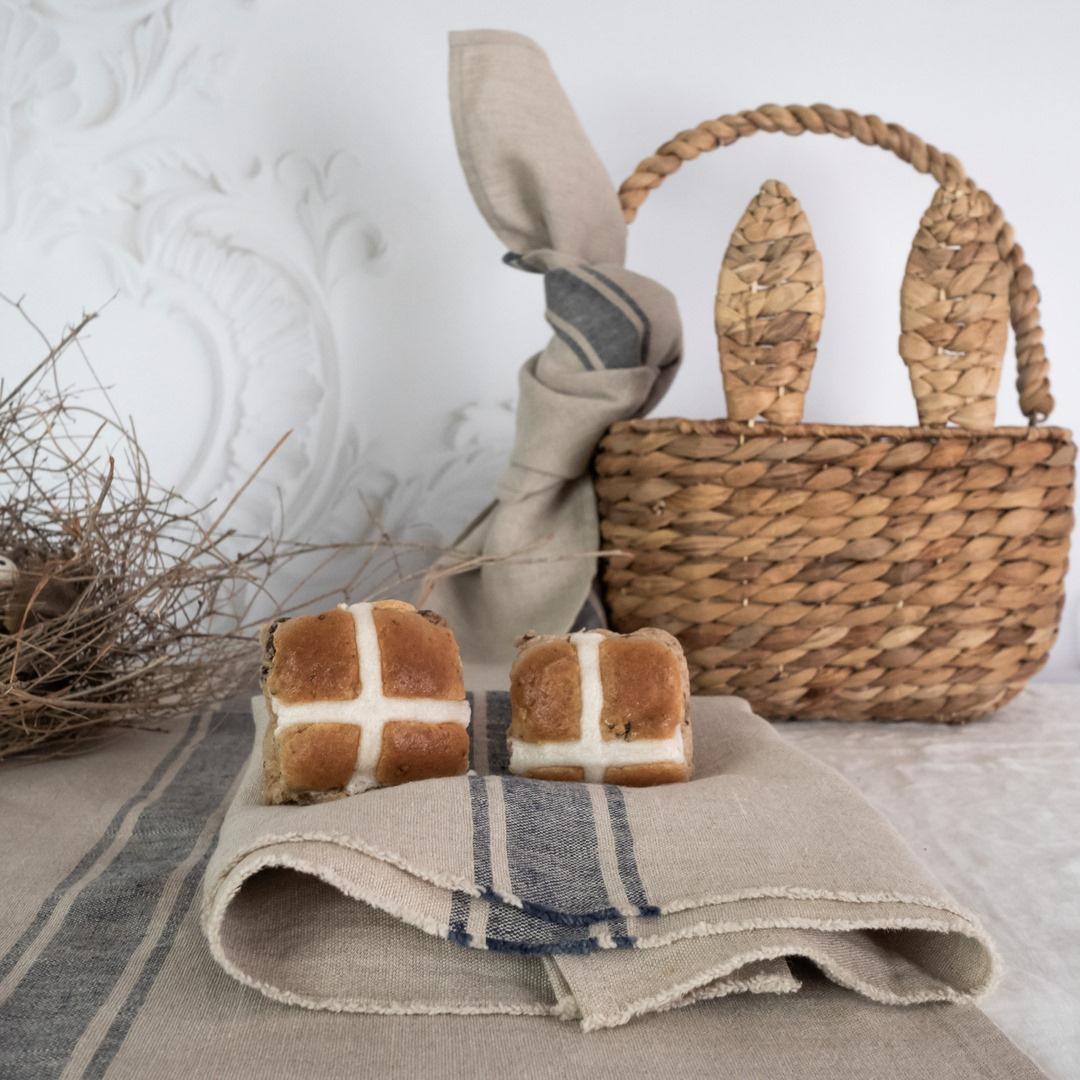
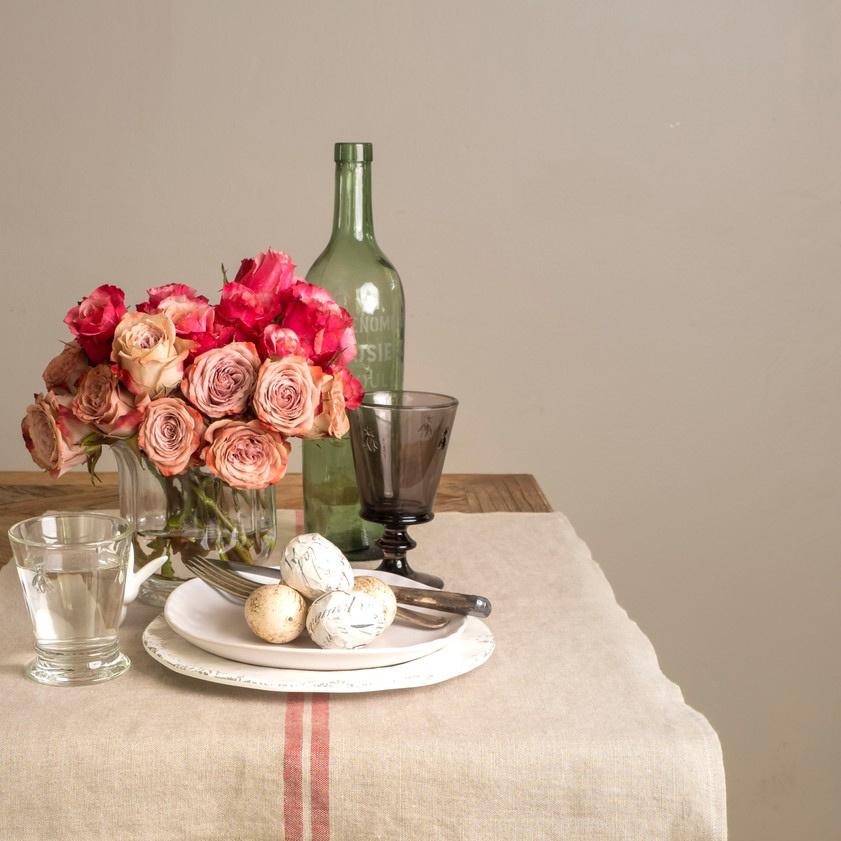 French Consul Heritage Table Runner 17ème siècle (150x50cm) $120.00
| Heritage Table Runner 17ème siècle (200x50cm) $160.00 Heritage Tea Towel $36.00 |Fête Table Runner - Marine/Navy (150x50cm) $120.00 | Fête Table Runner - Rouge/Red (150x50cm) $120.00
La Rochere Bee Wine Glass - Aubergine (Set of 6) $118.95
French Consul Heritage Table Runner 17ème siècle (150x50cm) $120.00
| Heritage Table Runner 17ème siècle (200x50cm) $160.00 Heritage Tea Towel $36.00 |Fête Table Runner - Marine/Navy (150x50cm) $120.00 | Fête Table Runner - Rouge/Red (150x50cm) $120.00
La Rochere Bee Wine Glass - Aubergine (Set of 6) $118.95
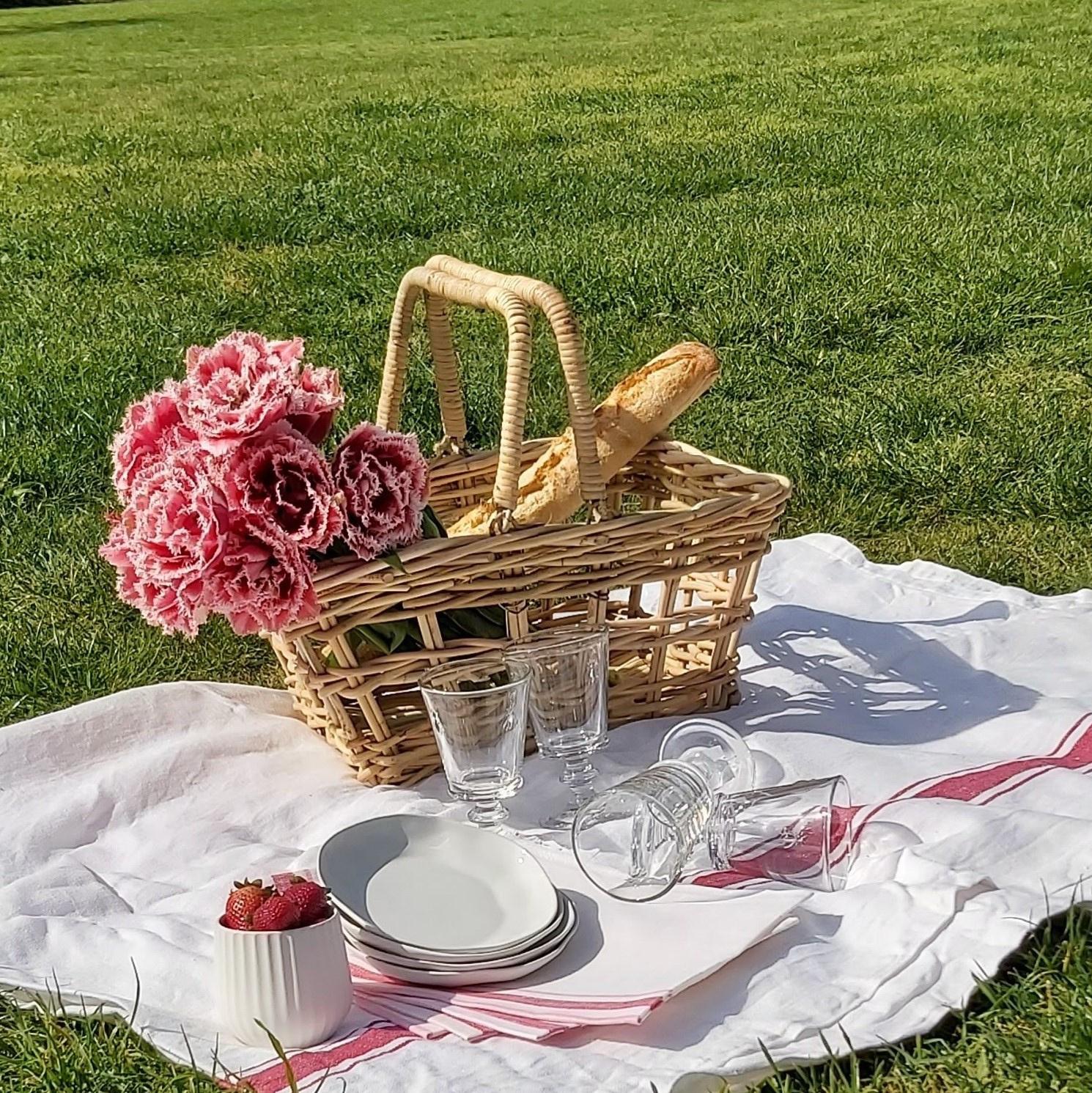
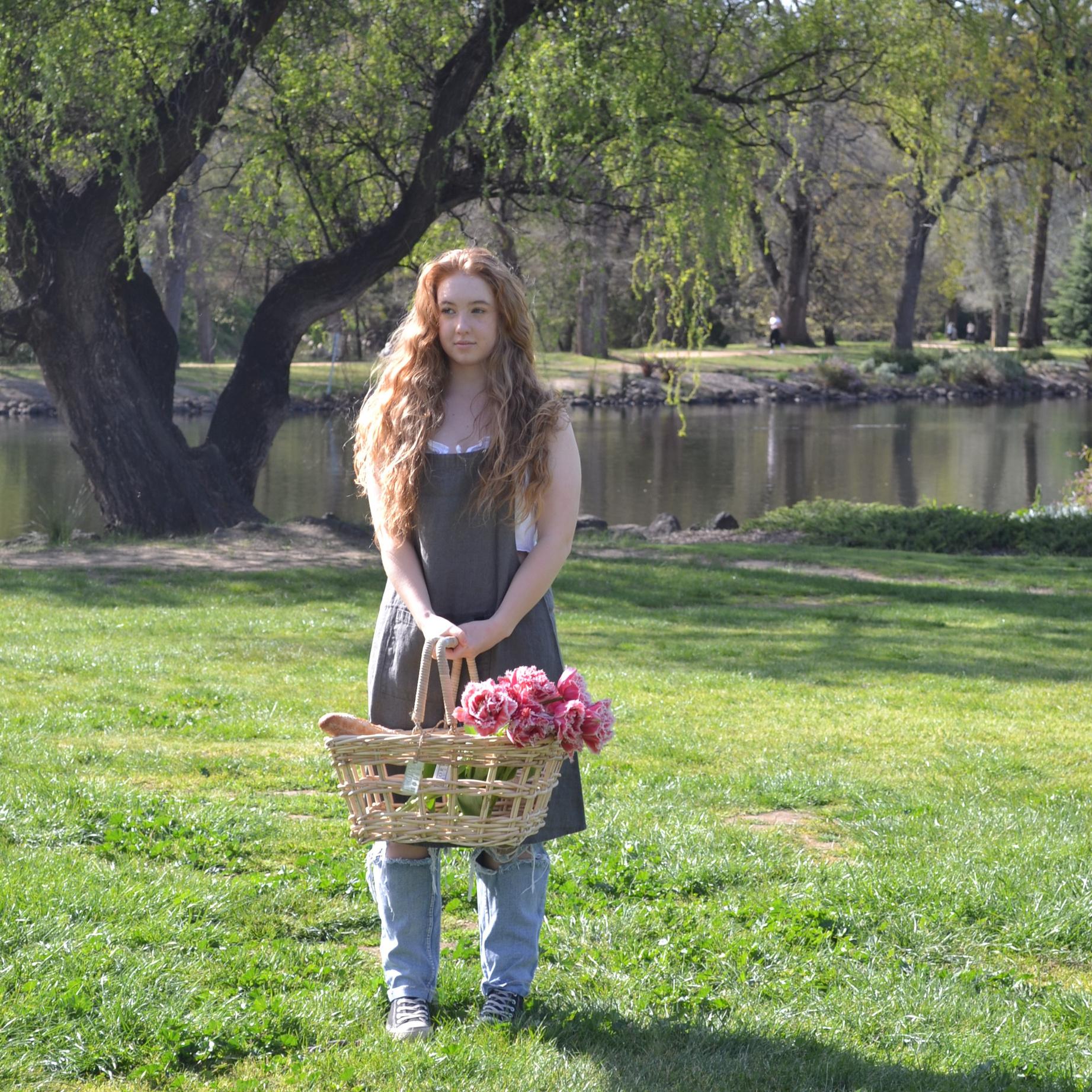
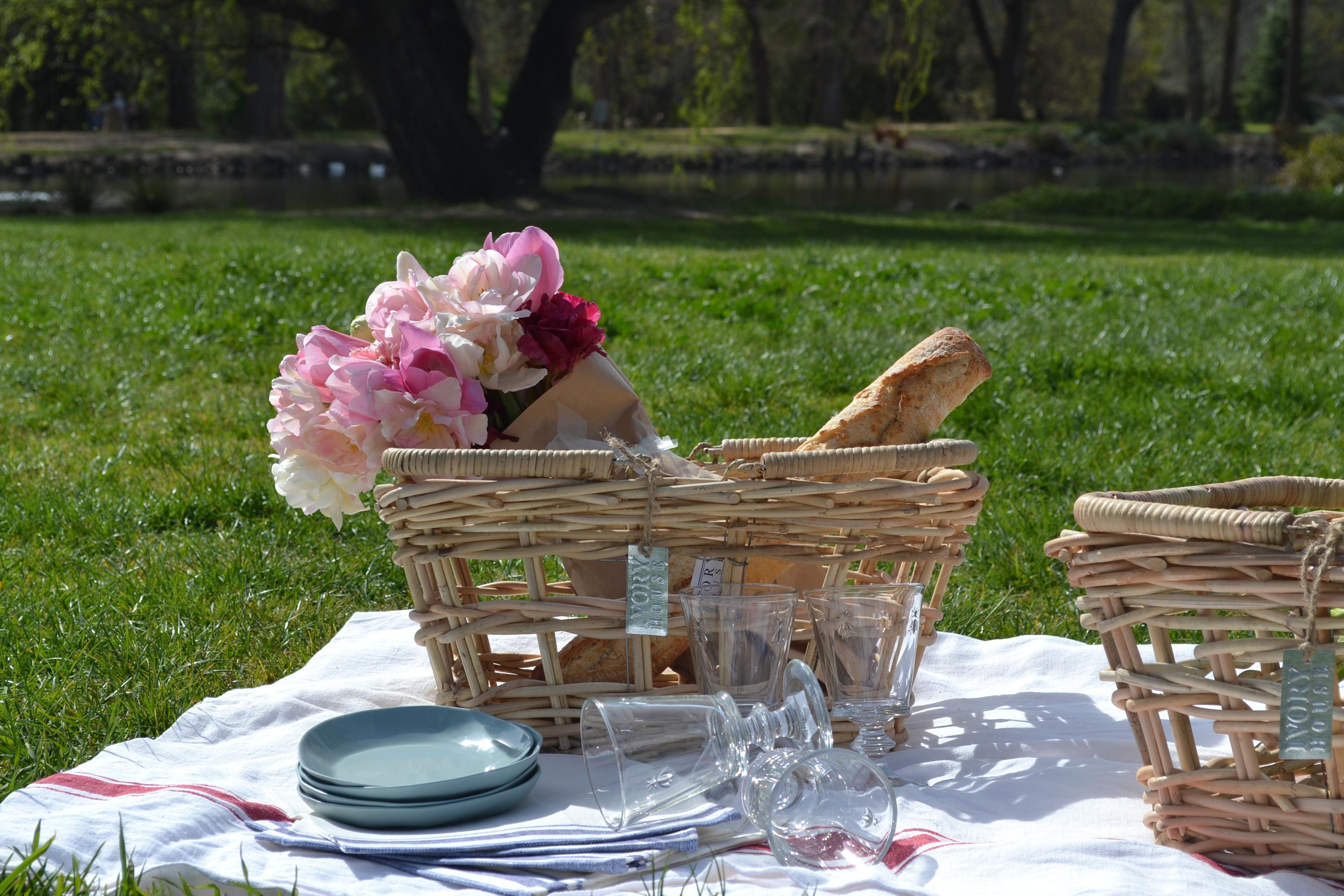
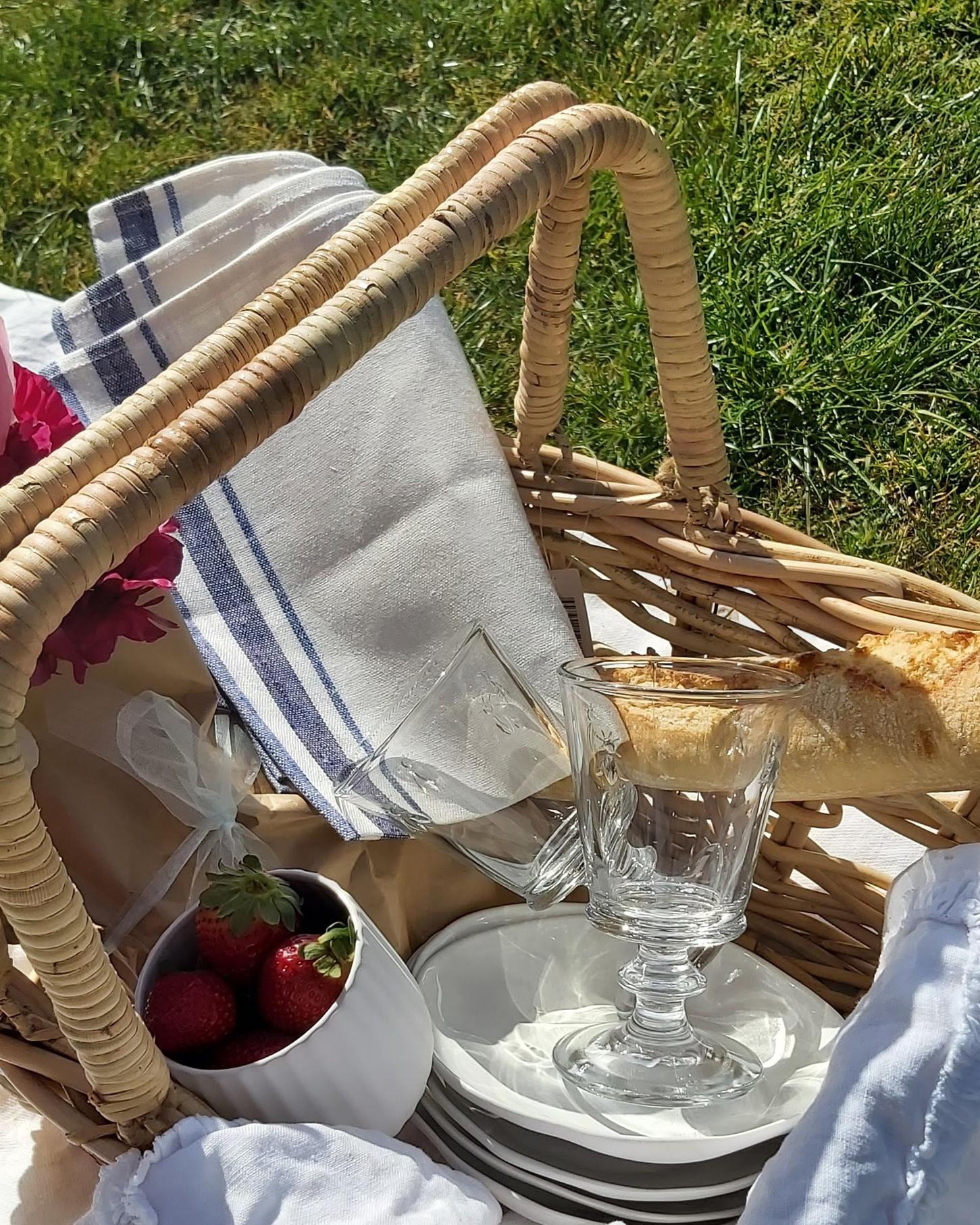
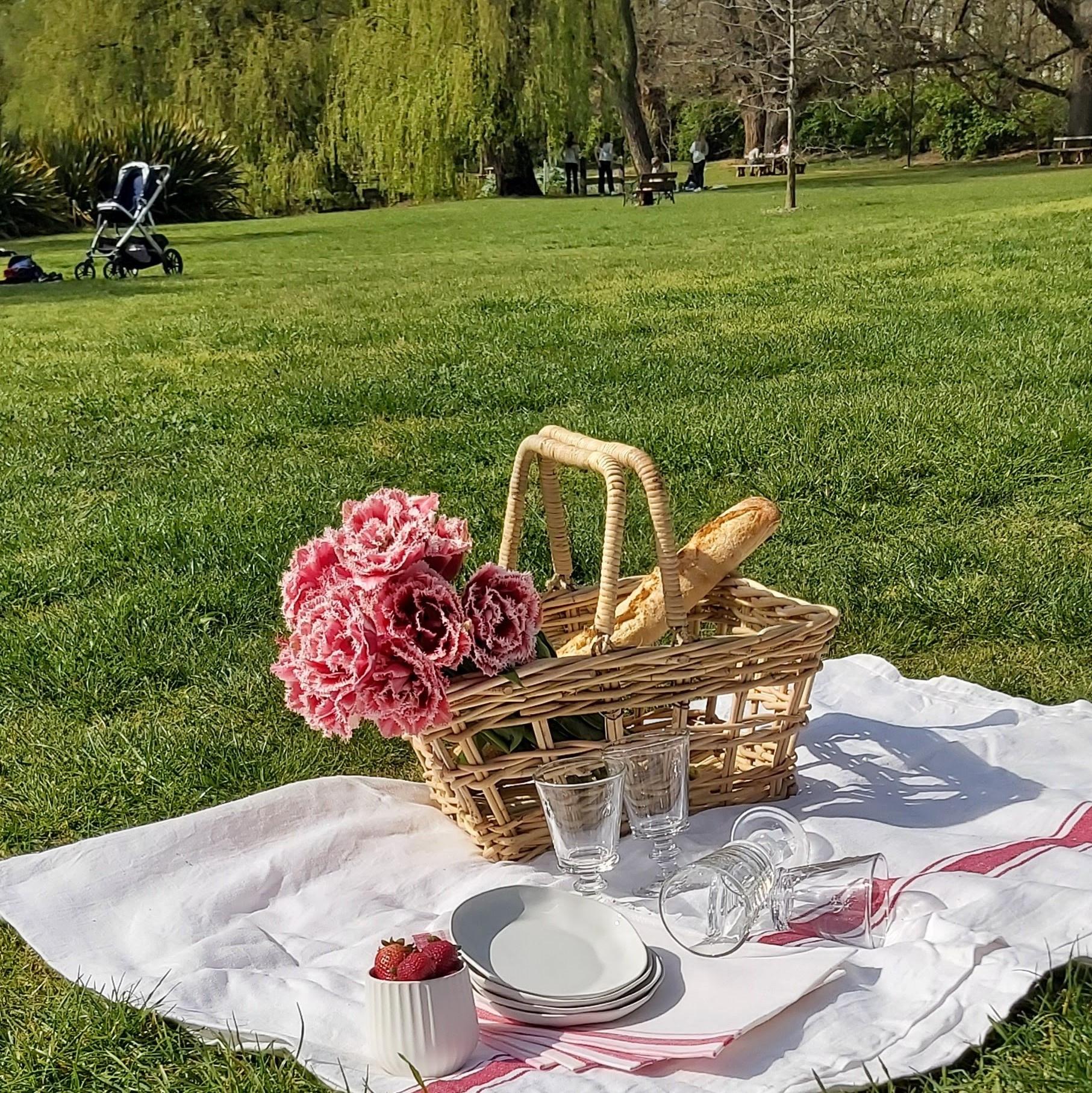 Le Panier Pique-nique Basket $89.00 | French Linen Kyoto Apron - Granite $99.00 | Agnès Linen Napkins - Blue Two Tone (Set of 4) $95.00
Agnès Linen Napkins - Red & Pink Stripe (Set of 4) $95.00 | La Rochere Bee Wine Glasses - Gift Boxed (Set of 4) $69.95
Panier Pique-nique - Petit Trianon $299.00 | Amitié Cup $20.00 | Signature Tablecloth (180x180cm) $225.00
Le Panier Pique-nique Basket $89.00 | French Linen Kyoto Apron - Granite $99.00 | Agnès Linen Napkins - Blue Two Tone (Set of 4) $95.00
Agnès Linen Napkins - Red & Pink Stripe (Set of 4) $95.00 | La Rochere Bee Wine Glasses - Gift Boxed (Set of 4) $69.95
Panier Pique-nique - Petit Trianon $299.00 | Amitié Cup $20.00 | Signature Tablecloth (180x180cm) $225.00
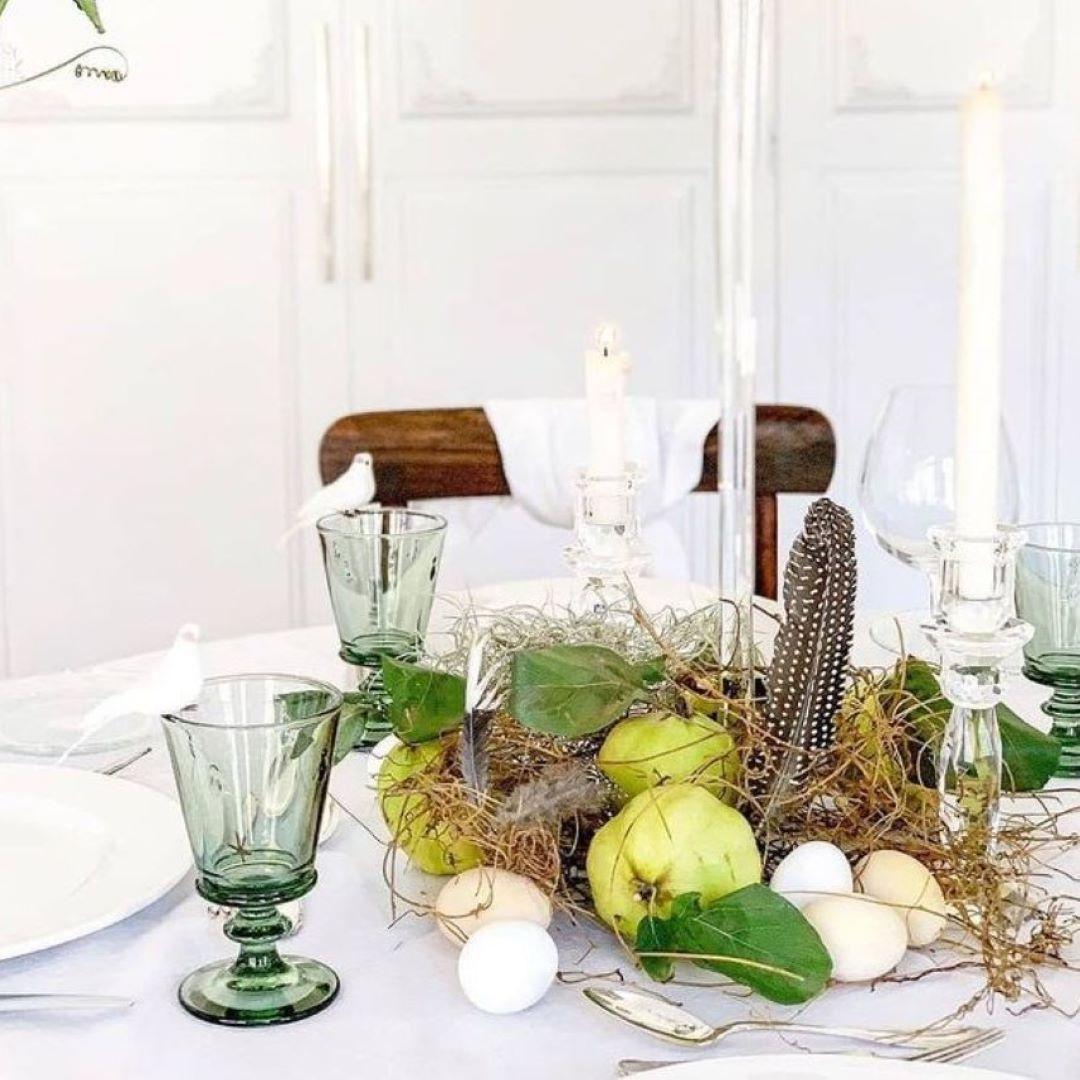
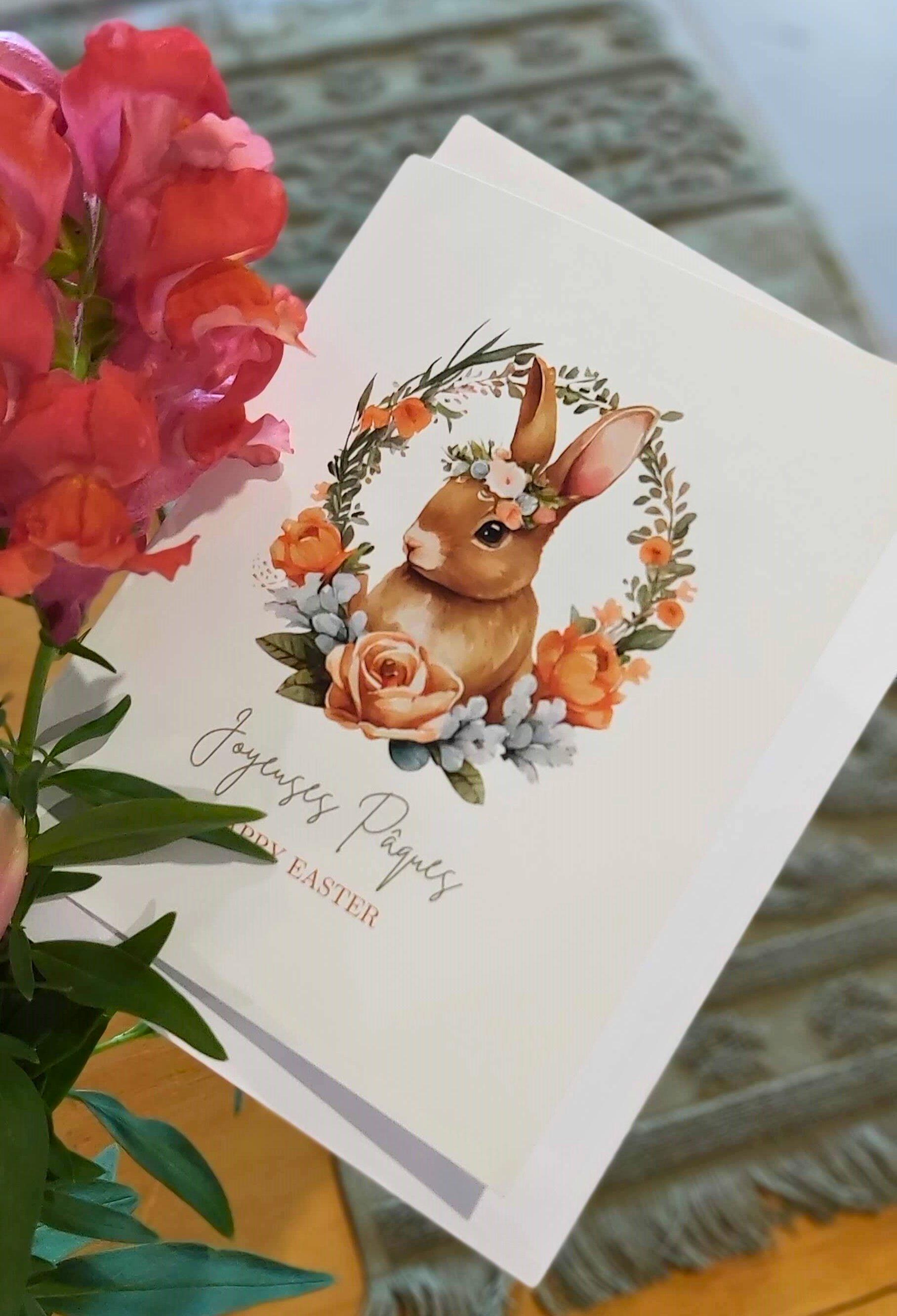
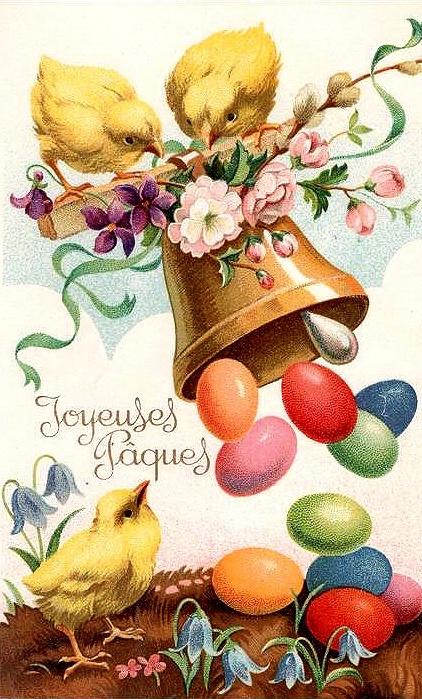
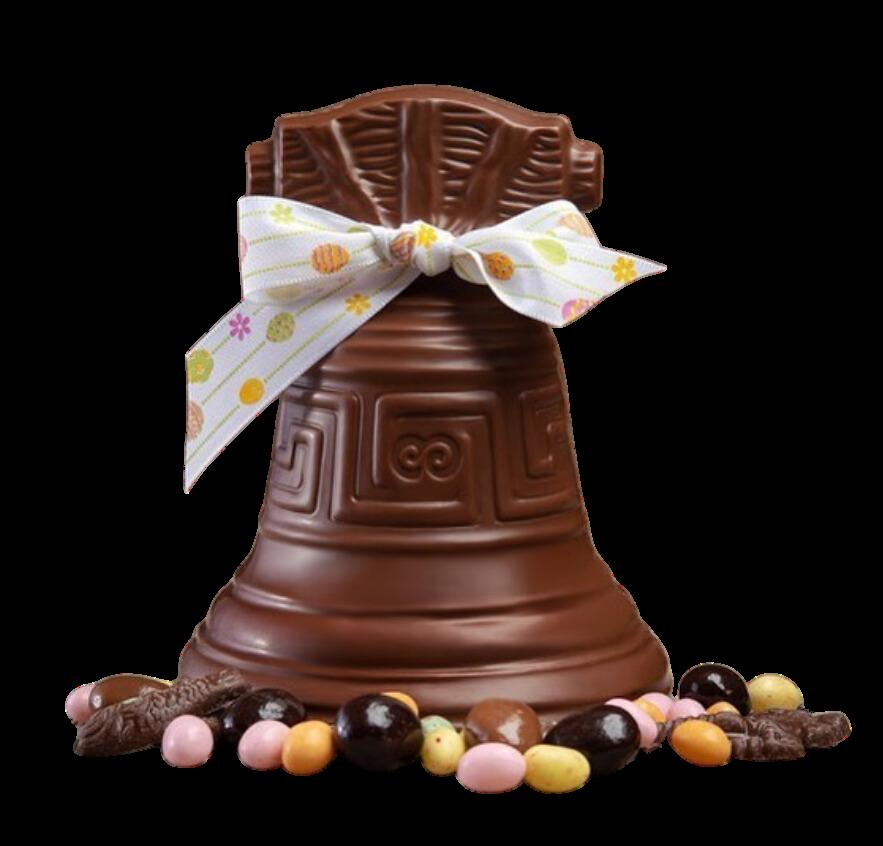
Just like in Australia, in France, the Children’s Easter Egg Hunt (la chasse aux œufs) is a greatly anticipated event, however, instead of the Easter Bunny delivering the Easter Eggs, it’s the Flying Bells!
Children are delighted on Easter morning when they hear the church bells ring, as this beautiful sound signifies the return of the ‘Cloche Volant’ or the ‘Flying Bells’ from the Vatican in Rome. These ‘Flying Bells’ bring with them lots of chocolates in the form of eggs, bells and fish for the children to hunt for in the garden.
In Catholic tradition the Church bells do not ring between Good Friday and Easter Sunday. Children grow up learning that the bells fly to Rome on a pair of tiny wings to be blessed and return scattering chocolates randomly around the countryside for all children to find.
As the bells ring across towns and villages on Easter Sunday, the egg hunt begins – usually to the delightful singsong words of children shouting “les cloches sont passées !”.


